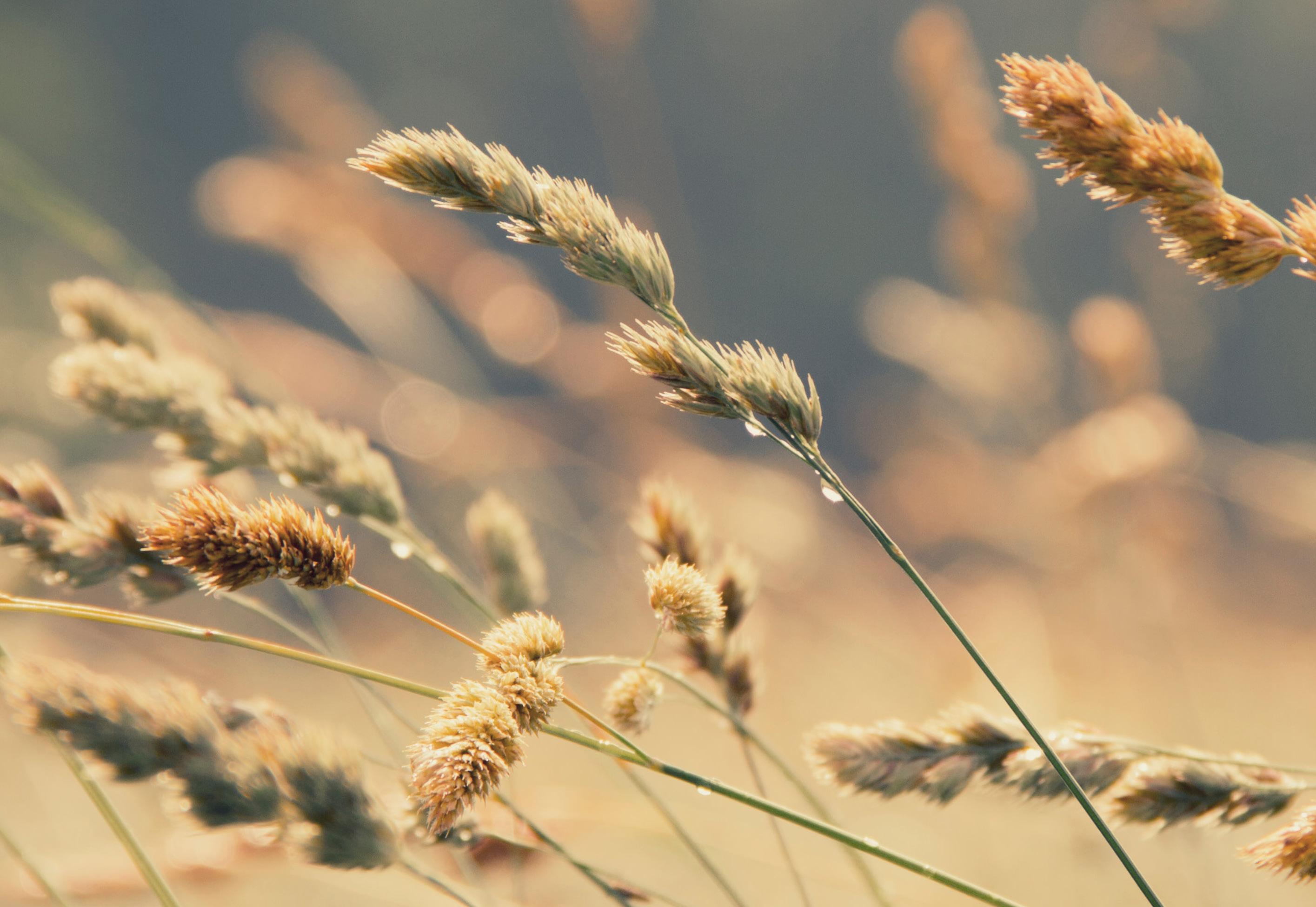
45 minute read
SELF KNOWLEDGE AND AWARENESS
WORDS BY PHD DOINA GAVRILOV
We live times when we have everything we need in daily life, but at the same time the number of depression cases are raising each year. According to a Report of the World Health Organization, the number of people suffering of depression in 2020 world wide was of 264 million people, and that’s if we consider that these are the diagnosed cases of people that realized they have a problem, and of those who afforded to go to a doctor.
Advertisement
The large number of people diagnosed with depression shows that first of all people do not understand themselves and that this fact makes difficult for them to manage their own mental and emotional problems.
HUMAN NEEDS AND LATE UNDERSTANDING OF THE SELF-KNOWLEDGE NEED
This increase in the number of people who are diagnosed with depression and other mental problems can be explained through the logic of Maslow’s pyramid. People throughout history have worked hard and developed only in the direction of satisfying the first 3 basic needs, namely: physiological needs (water, food, roof, sleep, etc.); safety needs (personal safety, job, health resources, property security, etc.); and the need of love and belonging (friendship, sense of belonging, etc.).
Step by step, the humans managed to fulfill these 3 basic needs, but once they reached these needs, they understood their necessity for the other 2 needs from Maslow’s pyramid, such as: esteem and self-actualization. Although it seems simple, the people that try to be respected and be somebody at their jobs or those who develop their career, end up creating deficiencies in terms of sleep, health, belonging, family, friends, and so on. Therefore, the system we live in does not seem to allow us to meet all our needs.
On the other hand we have the subject of psychological development, namely the fact that for a long time we focused only on providing basic needs such as food and roof over our heads, which made our psychological development in terms of self-knowledge, self-analysis, recognition, identification and management of stressors to be way behind our other developments. This is the reason why we need psychologists to help us solve our own psychological problems.
What we should understand is that humans have focused very much on ensuring their basic needs and they did not notice when the other needs created expectations and disappointments that led to various psychological problems.
Another thing we must understand is that it is not normal for us to psychologically need someone to unravel our inner problems, and that this disclosure needs to be made by ourselves. At first we must develop a certain degree of mind openness to accept that there is a possibility of not liking some answers we may find about ourselves, but despite of that to go over our problems and discover ourselves.
What I described here is called meditation. Many people speak of meditation as a particular practice; however by analyzing the writings of Buddha, Krishnamurti and others, we will see that meditation is the simple act of thinking and analyzing, being aware of and understanding things.
THE IMPORTANCE OF MEDITATION
Meditation - as an act of thinking, self-analysis and development of human consciousness is the most easily accessible tool for people that helps to solve problems, understand their causes, find solutions, avoid stress and negative emotions, and develop awareness, live beautiful moments and correct our behaviour when it is based on an overreaction or when we can cause a breakdown in interpersonal relationships.
Nowadays psychologists have become highly sought, when they shouldn’t be. They should have in front of them cases related to irremediable psychological problems like those caused by genetic problems, strokes, etc., not cases linked to the simple absence of human desire to do a self-analysis.
HOW TO AVOID A VISIT TO A PSYCHOLOGIST
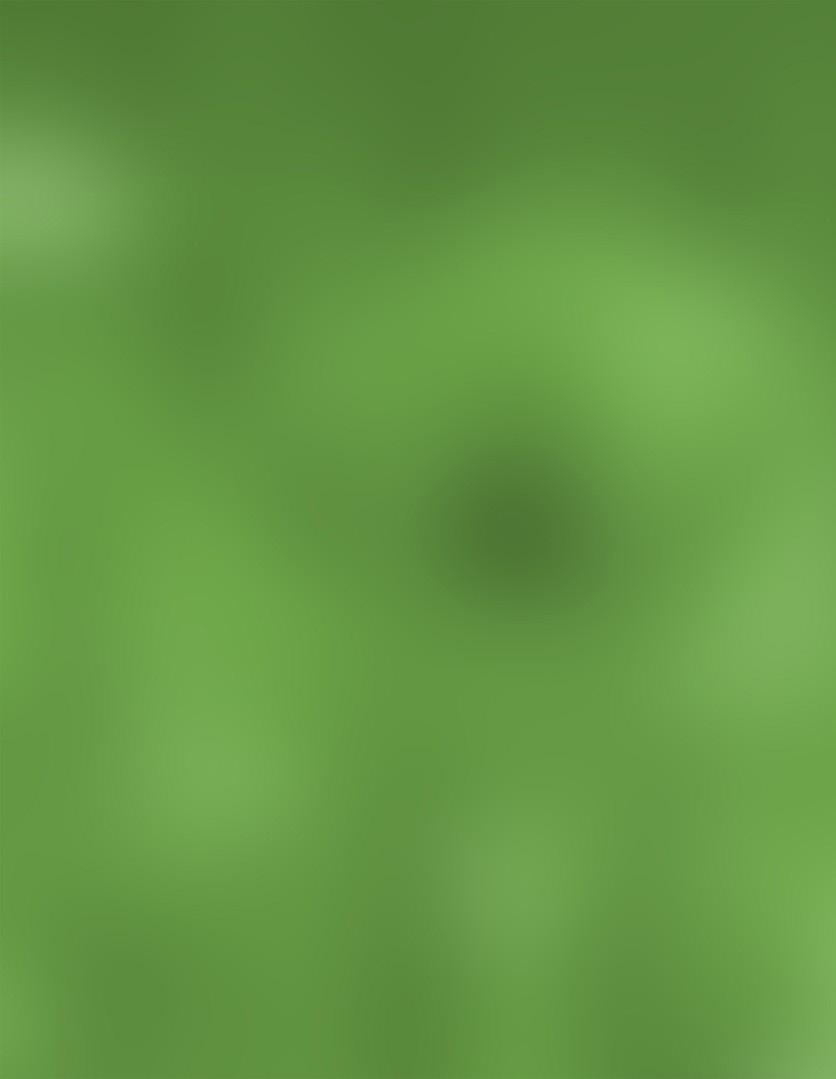
To remedy psychological problems, we must develop habits of self-analysis even in cases where we act pure instinctively. So, in order not to get to the psychologist we must be aware of what we are doing at any moment. And by that I mean, if for example we are arguing with someone in the family, then we would better ask ourselves, “Why did this quarrel start in the first place? What was the reason? Why does the discussion and comments of others about this subject hurt me so much? or Why do I consider the comments on this topic as an attack on me? “ and so on. Or if we get annoyed, when this happens it would be good to ask ourselves “What was the factor that triggered this process? If every time we reacted like that when it came to a certain topic? Or if we react the similarly in relation to certain people or to any other person? “. In the end, it all comes down to an analysis, to questions to ask ourselves and the openness to possibly unpleasant answers, and to the knowledge of our subconscious.
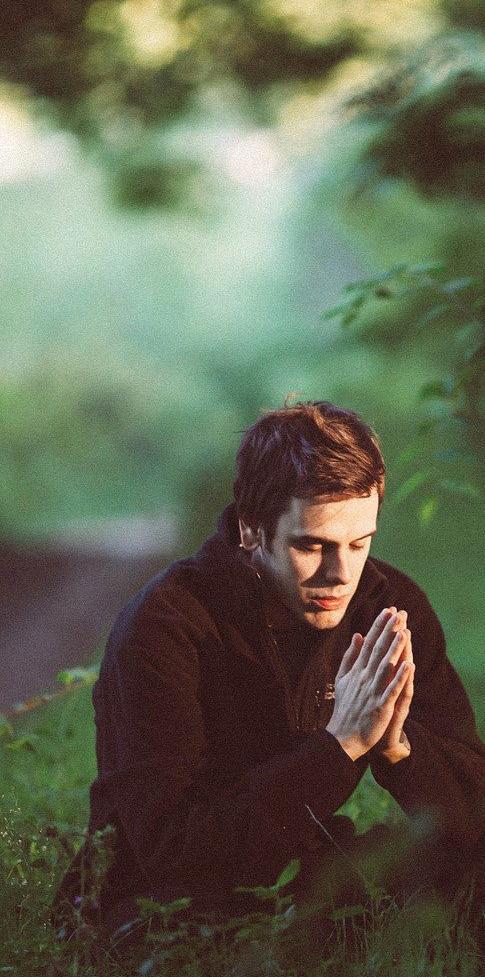
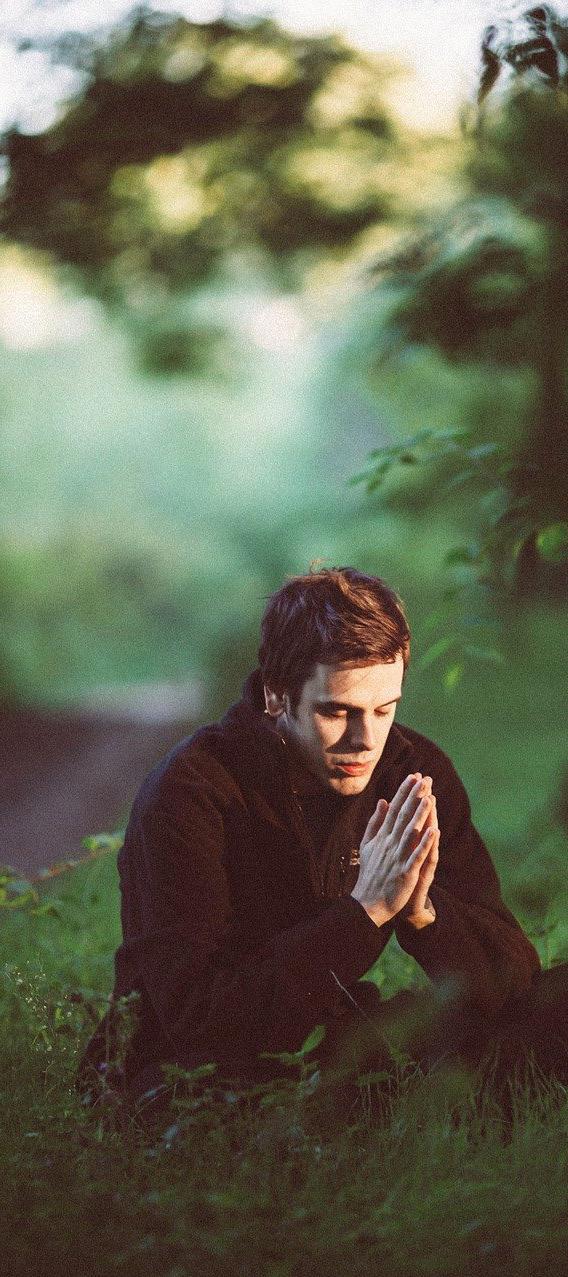
MEDITATION AND HAPPINESS
I think you have heard about the “rule of the 5 minutes”, or the “break rule in a quarrel”. For those who don’t know, I will tell you how it works. When people argue, they often say bad things to, they remember all the bad things and this way the quarrel grows even more. The longer the quarrel lasts, the more it escalates. Therefore, the 5 minute rule or the quarrel break rule appeared as a solution to avoid “putting gas on the fire”. What happens in the 5 minutes or in that break from the quarrel? - The moment people take that break, they start to forget a bit of the bad things, to feel sorry for what they said or of the things they could have said and often they end up discussing in a calm tone and focusing on finding the problems that made the quarrel exist.
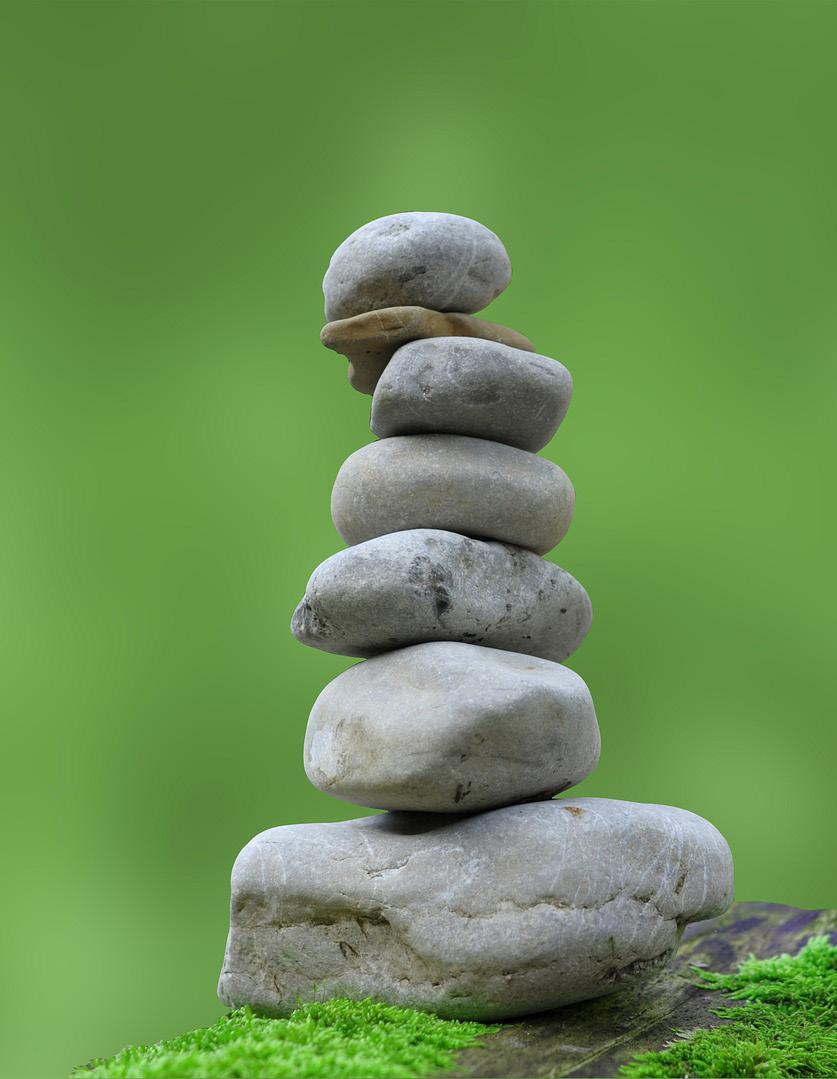
This rule is very useful for couples, to whom I strongly suggest to take a break, and then return to a mature and calm discussion, without egos and with much compromise on the issue that aroused the argument.
Meditation acts in a similar way to the effect of the break in a quarrel. It refocuses our attention from quarrel, fear or anger and makes us concentrate on understanding the true source of our problems, the reason why it affects us and possible solutions. From another perspective, because meditation helps us to be aware of our actions, it is also the path to happiness, namely the method by which we end up avoiding the emotional and psychological load with problems and stress it helps us develop awareness and experience, live consciously each moment of our life.
GORAN JOVIC
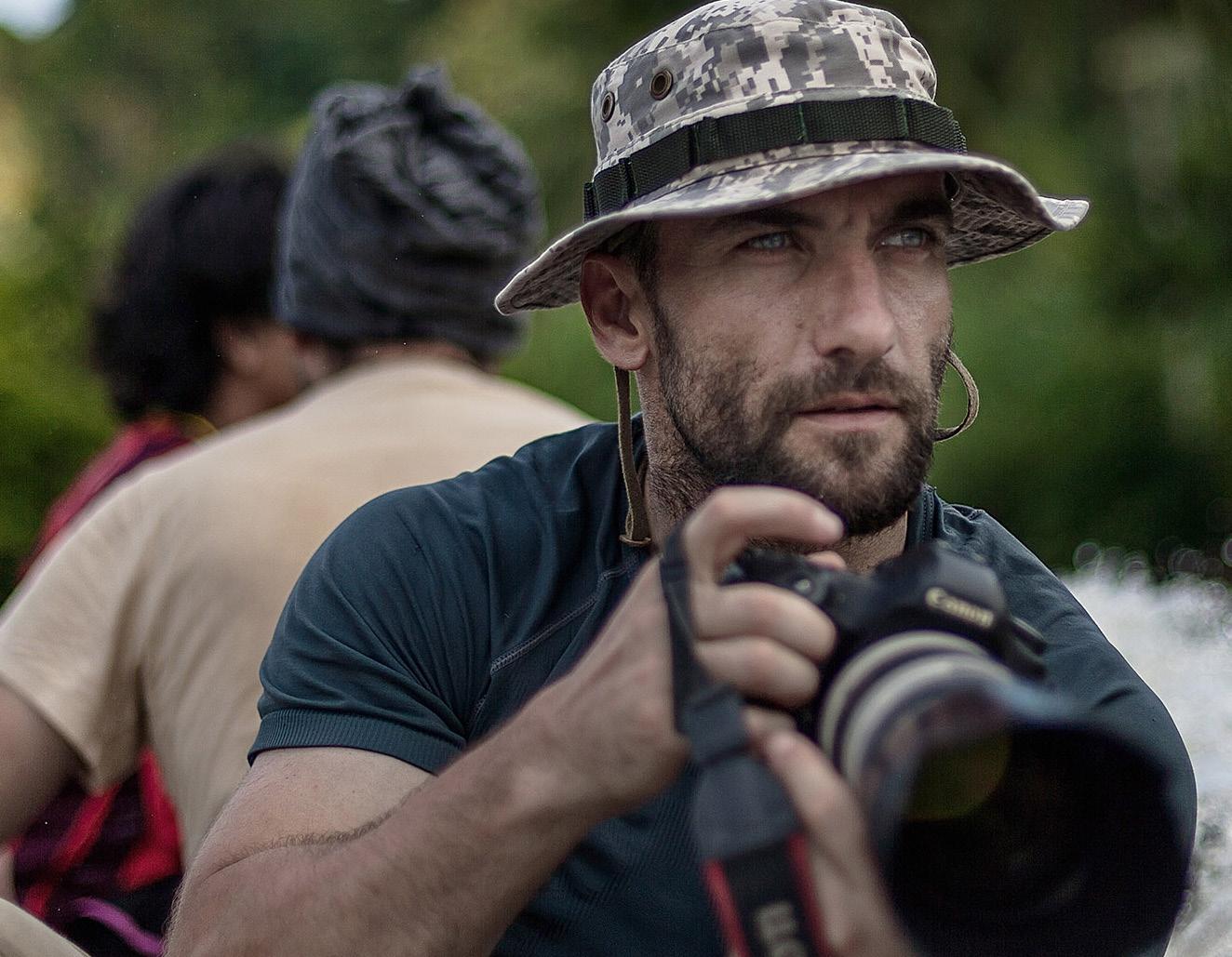
Goran Jovic - the eyes of the Occident to another perspective of happiness.
Goran is a photographer from Croatia. His
work involves also being a reporter and cam-
eraman. He is constantly traveling around the
world, in search of something special - those
life stories of indigenous people that need to
be heard, that have something strong to say,
that have something to teach us all. D: Many of your pictures are taken in countries like Tanzania, Namibia, India, Indonesia, and others. How did you choose these destinations? G: These destinations I chose because after many years I saw my school colleague, from primary school - she was wearing this African dress and hair styles. I approached her, and I asked: - How are you? Where have you been for so many years, I haven’t seen you? And she said: - Well, I’m currently in Africa. I built an orphanage over there. I’m taking care of the kids. Long story-short, I called her after a few days and asked when is she going over there again, and if she needed a photographer. She said
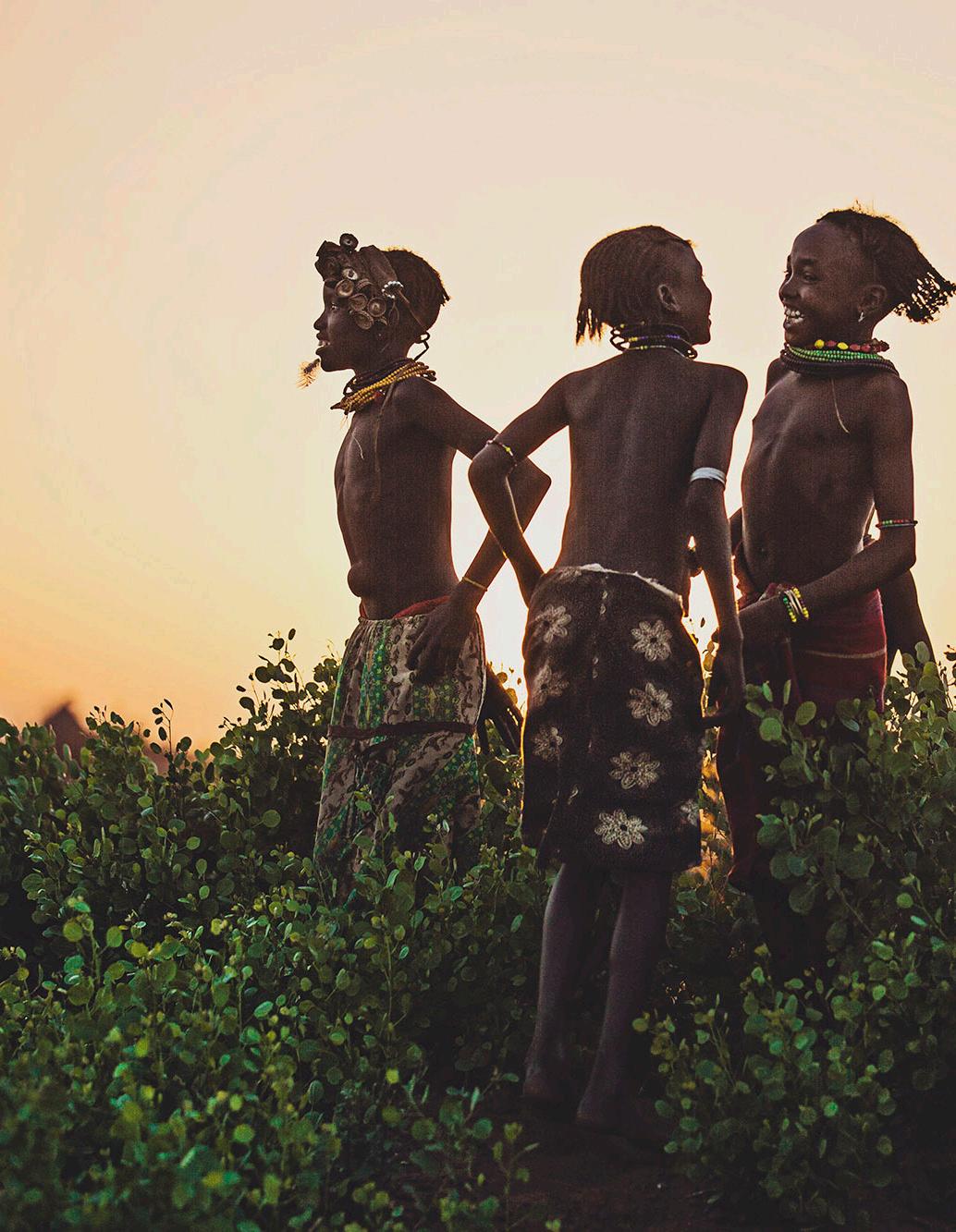
she needed a photographer and that it would be great, that I could help them a lot. So, I went over there to volunteer for two weeks. These weeks had such a big impact for me that after 10 months I went there alone, to the same villages and I spent 30 days over there with the Maasai Tribe. The later, you know, people saw my work and some people have said maybe I should go there, check this, check that... I received stories about some people and areas over there, and this is how I choose my destinations – collecting stories around the Globe.
D: The work you do requires sacrifice since you often lose a lot of time on the way to your destinations. What made you stick to this decision? G: What I do is not about the remote places, but more about chasing interesting stories. Of course I do photography in my country, but I am very attached and curious about the indigenous tribes with people who are living their lives like it was 150, 200 or 300 years ago. Basically nothing has changed in their life, they live with the basic conditions for life: no electricity, no internet, no nothing. I am amazed with that, namely how those people are so happy with so little. They have everything they need, and the way I see it, they are much happier than we are despite the lot of stuff and opportunities we have. D: You are also involved in humanitarian aid missions. Can you tell us more about these? Who do you cooperate with? How do you find people that need your help? G: Basically I cooperate with organizations. The one that I’ve been working for, approached me and I told them that if it’s achievable, because I have to balance between my work life and personal life and all this, but mainly I just need the flight tickets. Pay me the trip over there and I will do my best with photography, filming and sharing this to my social media so other people can see and the way they can. So, my thing is to share the message of people I take pictures of, their story and I connect people of both sides so they can connect and continue to do good things like paying the scholarship for children over there. I’m not the middle men, but I’m just the guy that shares the stories I have seen with people from my country, from other countries in Europe and other people in measure to help the people over there. This way, these people see with their own eyes that the people over there need help. Some of them ask me how they can help, and I give them the contact of the missionaries or organizations over there. So, through these missions I mostly connect people with my photography and videography.



D: Lately, the pictures themselves have become a source of news, a presentation of reality without words. Do you think that people manage to get the message you want to convey? G: Mostly yes. If you take for example the instagram where there are a lot of people, and of course some of them are misunderstanding my message and are asking me some questions, like: did you pay for the photos. And I explain them how this works, that I am not making a photo-shoot with those people. When I fell the moment I just take pictures, but I do not intervene in their lives and certainly I do not ask them to pose, I am just observing their lives, feeling the moments and taking photos. But in general I think people understand my message and my work. D: In many of your pictures we see children who, although they seem poor, they are happy as if they had everything. In your opinion, what is the source of this happiness? G: Simplicity! The simple life! They have everything what they need. They actually have more than the rest of us because they live in nature, they are free, they climb the trees, swim in the river. So, compared with the kids living in the big cities in the apartments, actually these kids have more. Thus, for me these are the basic reasons of their happiness, especially of a happy childhood. I grew up in a village, and I know how it is to have all those things: the freedom of living closer to nature. I still am happy about these things because I have never moved from my village and I think I never will. So, connected with nature and with family, of course. The grown ups who are living over there, they also have this positive energy. Connection with nature is the source of this energy, thus we must be connected with nature for happiness.
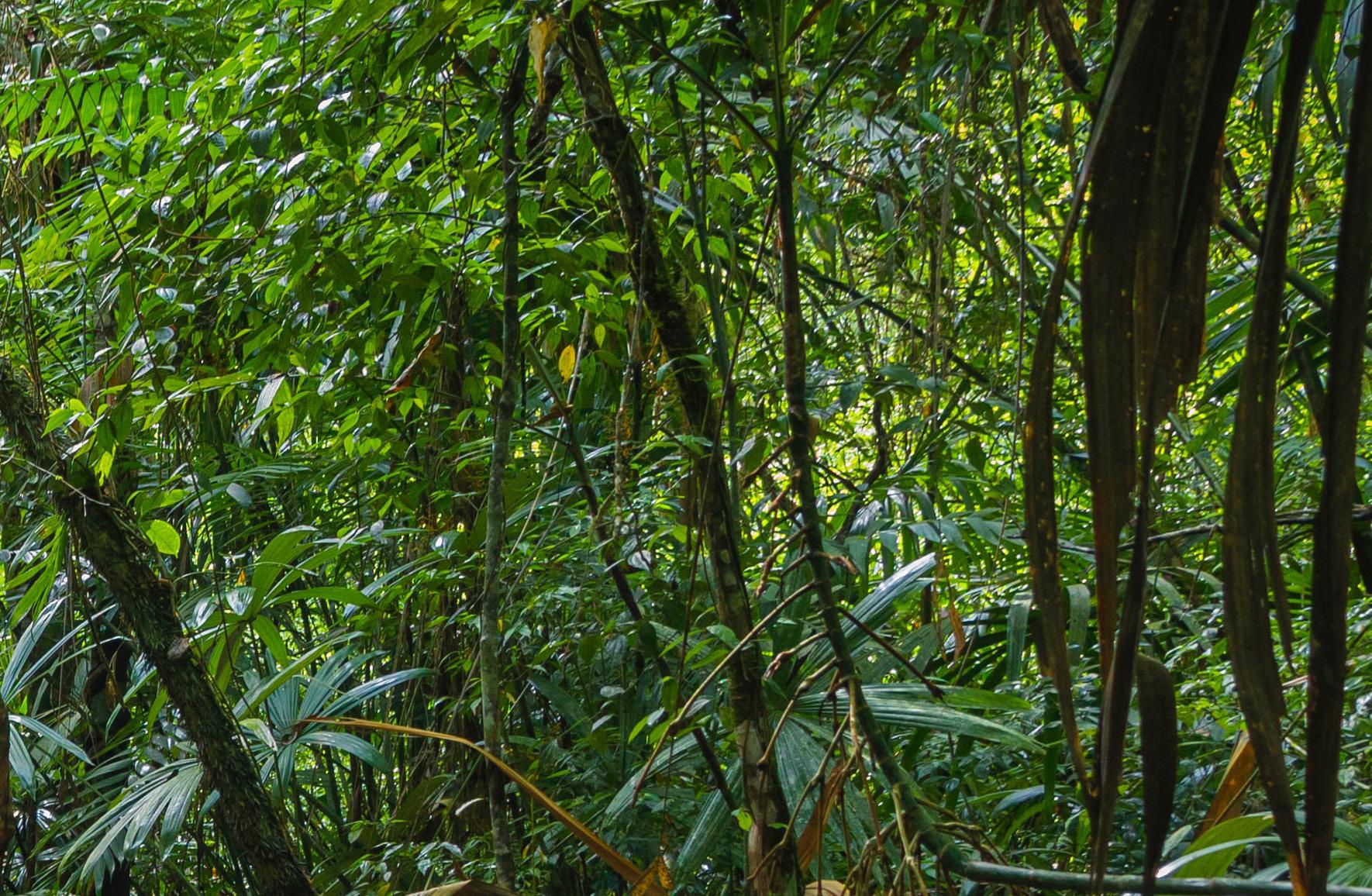
D: Because you are a photo journalist, you have the opportunity to know different cultures, the daily lives of people we don’t know much about, their problems and their joys. Can you tell us which culture surprised you the most? What does it manifest through and what is special about it? G: Oh, they have some rituals which, even I after so many years of travelling will never understand. But again, in many of my trips, many people were asking me: “why didn’t you say that what they do is not good?”. But you know, it’s difficult to say for me, and for us too that one thing is right or wrong. It’s their culture, it’s what defines them. They are doing this for hundreds of years. So my answer is: who are we to say and decide what is right or wrong? For me as a journalist, I am there, but I do not involve in changing the culture. My challenge is to be present, to respect their culture and their rules. Abut their culture, I was many times surprised, I can tell a lot of stories which I don’t understand, but again, it is about their culture and we need to respect that. D: Are you observing the reality and transmit it to us as it is? G: As a photojournalist, I respect a rule: the art of not involving. Meaning don’t affect the culture! Let them be! Come there as a visitor, try to be the best guest and leave as a visitor not as someone that came there to change and influence their culture. If they need some help, like how to make an easier fire, yes you will help them with the knowledge, but changing their culture I don’t see that as a good thing. D: The Europeans already have changed and influenced lot of cultures. G: Yes, and for me that’s sad! D: In many of your pictures we see you showing technology to the people from tribes who probably never saw such things. What is their first impression of technology? G: Well, sometimes they are even scared when they see Tele Lens because they look like some kind of weapons. Or when you show them a screen with the photo that you took they scratch the screen because they try to enter inside the screen. They are so happy when they see themselves in the screens. Their reactions are always unique and different. I would also tell you that because sometimes I return to the same villages I’ve already visited, I print photos for them. And when they see themselves on paper is super amazing! They are so pride and happy to see themselves on printed paper after a few years. Basically always technology is a big surprise for them. D: I think that for you it must be even a happier moment when you see them happy and enchanted. G: Yes, it’s about the little things that make you happy. But indeed I am happy to share these nice moments, to sharing a smile, to bring them photos, to bring them food. These are the things, I think, everybody should do. D: Can you tell us what does happiness mean to the people you take pictures of? What do they really value and what makes them happy every day? G: I can use an example of the Mentawai Tribe which lives in the Siberut Island, it’s a part of Indonesia, it’s 150km away from Sumatra in the Indian Ocean, and they live in the middle of jungles. So, happiness, connected with nature. They live in a jungle, and as I was telling you, the children are swimming in the rivers. They hunt animals only for food. They always make a ritual where they ask for forgiveness to keep the good spirit. They never hunt for sport or pleasure - they respect nature. For them happiness is about balancing the respect between people and the connection they have with nature. Over there I have never seen a couple arguing. Of course like everybody, they are feeling sometimes different pressure of the daily life, and for that they have a garden called “the garden in the Jungle”, and it is only allowed for women where they can discharge emotionally (being loud, arguing with their husbands that are not there, they let all the bad energy over there).
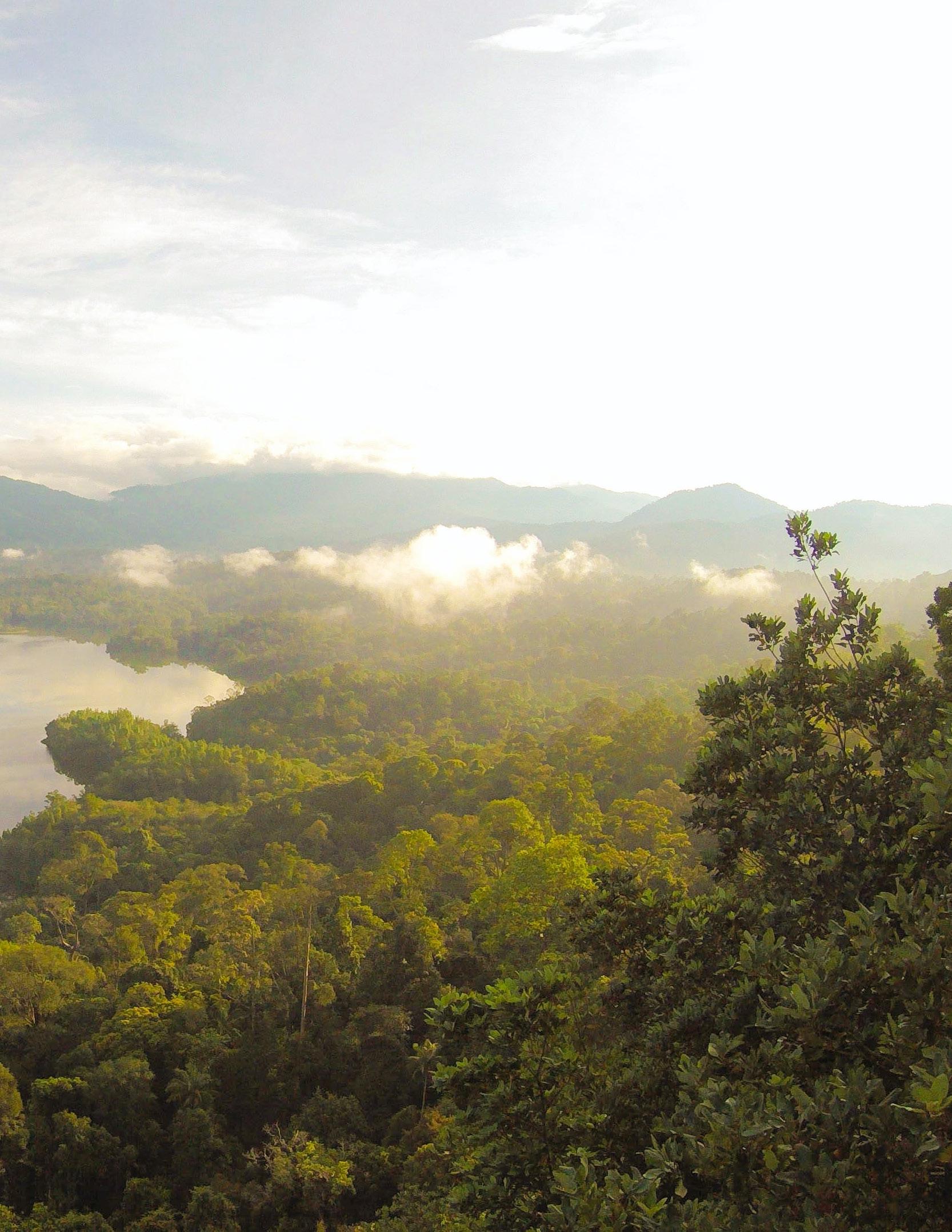
This example is a simple key to the happiness. On the other side men discharge emotionally when they hunt – the ladies are not allowed to hunt in this culture. In the end everything is about letting the bad energy out through a walk in the nature and not hurting the one beside us through bad and hurtful words. It is simple and I think we can learn from them. D: Going through your pictures, I saw a girl with a lot of scars. In the description you said that these scars for this culture are something to wear with pride not with shame like in our world. Can you tell us more about this? G: Yes. It is more like a non verbal communication. They express themselves this way and show their pride and stories. This for them is their beauty. Again, it’s about their culture. If you are looking at that from the surface you will be amazed and will ask “why they do that? it’s painful!” or “why don’t you say to them it’s not good?”. But it’s not about what I feel, but about how their culture is and how they feel. Let me tell you a story. When I show up over there with a body with no tattoos and nothing on it, they said my body is boring, because it does not have a story to tell. Thus, the scars and other rituals involving their bodies in these tribes are like a way of communicating stories about themselves without talking, and also showing pride about their culture. D: Capturing emotion in pictures is not a very easy thing to do. How do you do it? G: I would say: feel the moment. There are always moments like the time before you take a picture and the time after you take a picture. All is in that short moment in between when you press the button. You can never tell when it would be the perfect moment; there is no recipe for that. You just let everything be and you just feel it and freeze that moment in a picture. Anyway, a picture is never just about one moment, it is always about those persons’ lives, feelings, and how do we feel their stories and feelings. Finally, our connection to their stories is what can help us observe those special moments for the pictures – it’s about our connection with the person in front of the camera. We can write a whole book about how and why did you took that photo. It’s never the same.

D: In your pictures we find simple people, poor people or children. What made you choose them as the subjects of your pictures? G: It’s not about choosing the poor. Or how do we define poor? Many of them are just like us. I would not say they are poor. Of course there are many villages that I have visited because it’s a part of my mission, some of them are in need but I would not say they are poor. How do I choose my subjects? I don’t know, one example: when I was in Johanna’s work in South Africa, it was a dangerous neighborhood. But I saw this guy with a big hat and sculls on his stick and everything… I have this need to approach all the people who have these interesting stories to tell, and I feel that. Well, children they are like that! They are very honest and they will always give their honest stories. That’s the reason why you can find many children in my pictures. D: There are people who would like to help those in need. What can you recommend? What is the most effective way to help them? G: It depends if you are personally over there or if you are willing to help from home and connect with some missionary. If you go over there I highly recommend to people to not give the money straight to the people because they are not used to money, they don’t understand their value and they will break them, especially if they are a few brothers or friends. Me for example, I ask people what they need: “do you need food? Flower? Foods? “. After they say what they need, we go to the market and I buy those things for them – they choose what they need. That’s the way I help these people. Otherwise if you give to two brothers something separately they can argue. I always say, if you have three brothers- one apple each, everybody happy, no problem! D: Do you have a global message you try to convey to people through your photos? If so, what is it? G: The message is: Smile more! Just with one smile you can make the person in front of you happy. For me, you completed your daily mission if you succeeded to make at least on person for one moment happy. Say a nice word, share a smile! If somebody needs help, if you can - buy them food. Finally that’s what it is about: for one moment everyday you need to make someone happy. Do whatever you need to do! Smile is a universal thing that makes people happy and gets them in a better mood. I always said to my nephews: If you go to a store and there is a lady who’s working for many hours- share a smile, say some nice words like “I love your hairstyle” or “you look amazing today” and this way you will make her day. Lot of people are coming in a rush, nervous and eager to get this over faster so they can go home. But you know, with one smile and a nice word you can make someone happy. An all that is for free! D: I agree with that. There is an old saying “don’t be too stingy with your words, it may cost you noting to say something nice, but it can inspire somebody to reach a dream”. There are people that after dozens of years remember somebody that have said them something that inspired them, or made them happy. So, yes, I agree with you, our lifestyle in a permanent rush and a state of mind in a permanent chase of material things makes us live in a gloomy society. G: Yes, we must be nice to other people. I mean why to be rude and grumpy when we can just be happy. We can find problems in everything, in every moment if we are searching for it. But we have to focus to see the good things; they are there at every corner, in the very essence of life. D: I guess you encourage people to be aware of their achievements, their lives, about what they have. We often shift our desires and expectations in the moment we achieved something, and this way we get not much time to enjoy what we have and what we achieved. Practically we are in permanent run after dreams forgetting to enjoy the present. Interview by Doina Gavrilov G: Yes. That’s why I suggest to smile more and to make someone happy everyday. Happiness is in the little things!
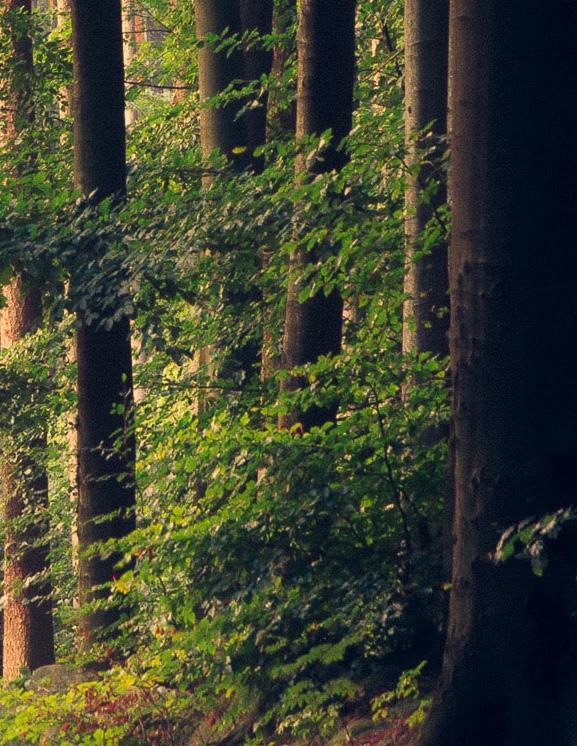

Goran Jovic
CHILD LABOUR IN AFRICA
Certainly, most of us do not think about who cultivated the cocoa when we eat chocolate. Or about who harvested the cotton for the clothes we wear, or the coffee that we drink in the morning. The International Labour Organisation (ILO) estimates that 152 million children are exposed to child labour across different sectors, accounting for 1 in 10 children globally, with some forced to work through human trafficking. Poverty, migration, and lack of decent job opportunities for adults are some of the factors that contribute to child labour. The consequences are devastating, leading to mental WORDS BY ELIANE DE SOUSA and physical harm, slavery, and sexual exploitation, impeding children from attaining an education and violating their human rights. The African continent has the world’s highest rate of child labour, varying from various sectors, including coffee, cocoa, mining, fashion, production of cotton, and agriculture. As progress is rapidly needed to tackle this issue, the UN General Assembly declared the year 2021 as the International Year for the Elimination of Child Labour, to reaffirm commitments and eradicate all forms of child labour by 2025 and human trafficking by 2030.
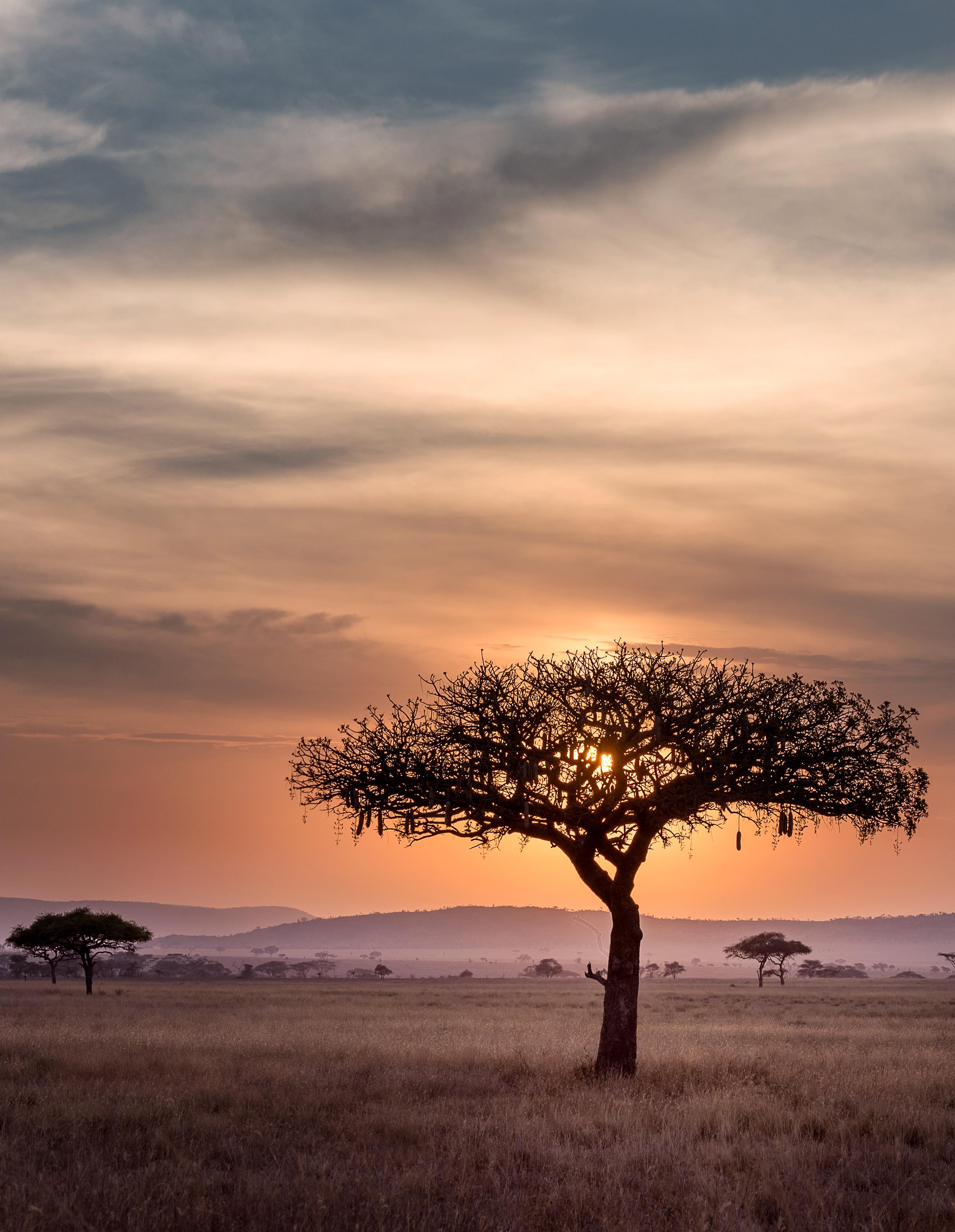
About 2 million children work in the cocoa sector in Ghana and Ivory Coast. In the globalised world, where brands want to provide cheap and fast fashion, children are frequently involved in the supply chain as a cheap, compliant, and exploited labour force. In the fashion industry, child labour is recurrent in the production of cotton, by harvesting the crop, spinning, weaving and dyeing mills, etc., which jeopardises their access to education. But what is being done to tackle this issue? Are we hearing the children’s cries? In the global UN Sustainable Development Goals (SDG), there is a consensus to end all forms of child labour, and continuous advocacy and international mobilization have been contributing to achieving substantial progress.
However, due to the COVID-19 pandemic and its economic constraints, some efforts to tackle child labour have reversed, especially in countries that are more resistant to policies and programmes designed at countering child labour. UNICEF and the ILO respond to child labour with many different initiatives. For instance, UNICEF equips the social service workforce in several countries to help recognise, prevent and manage risks as well as respond to potential cases.

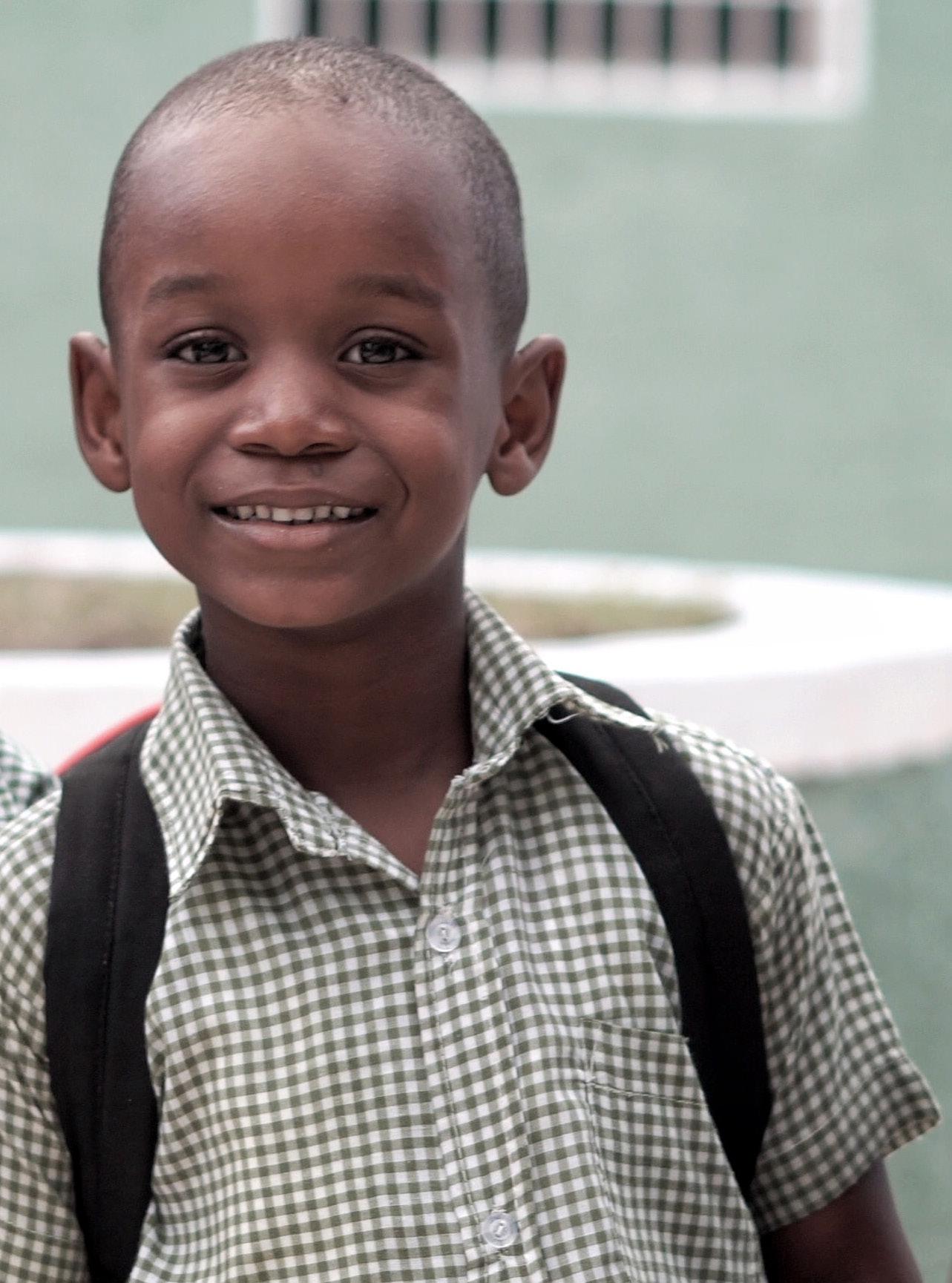
Nevertheless, to eradicate this issue, everyone, everywhere in the world, should join forces to achieve the 2025 goal. We can take practical steps in our everyday lives to contribute, from donating to organisations that are tackling the issue to investigating and certifying, before buying a product, whether a brand is linked to child workers. Likewise, if child labour is to be tackled, then it is important to engage the socioeconomic realities and social norms of the African continent because child labour is deeply rooted in poverty. And to deal with the economic realities of the continent, it is necessary to address gender equality to create more jobs, which in turn will decrease the vulnerability of children in the labour market. There is also a strong need to penalise violators who use the well-being of children and infringe their rights to make a profit; but for that to happen, countries should adopt more policies that work and are implemented and not just policies that stay on paper. It is only by joining forces that we will accelerate progress and success in achieving the goal of eradicating child labour. It is not a cost but an investment for a better world.
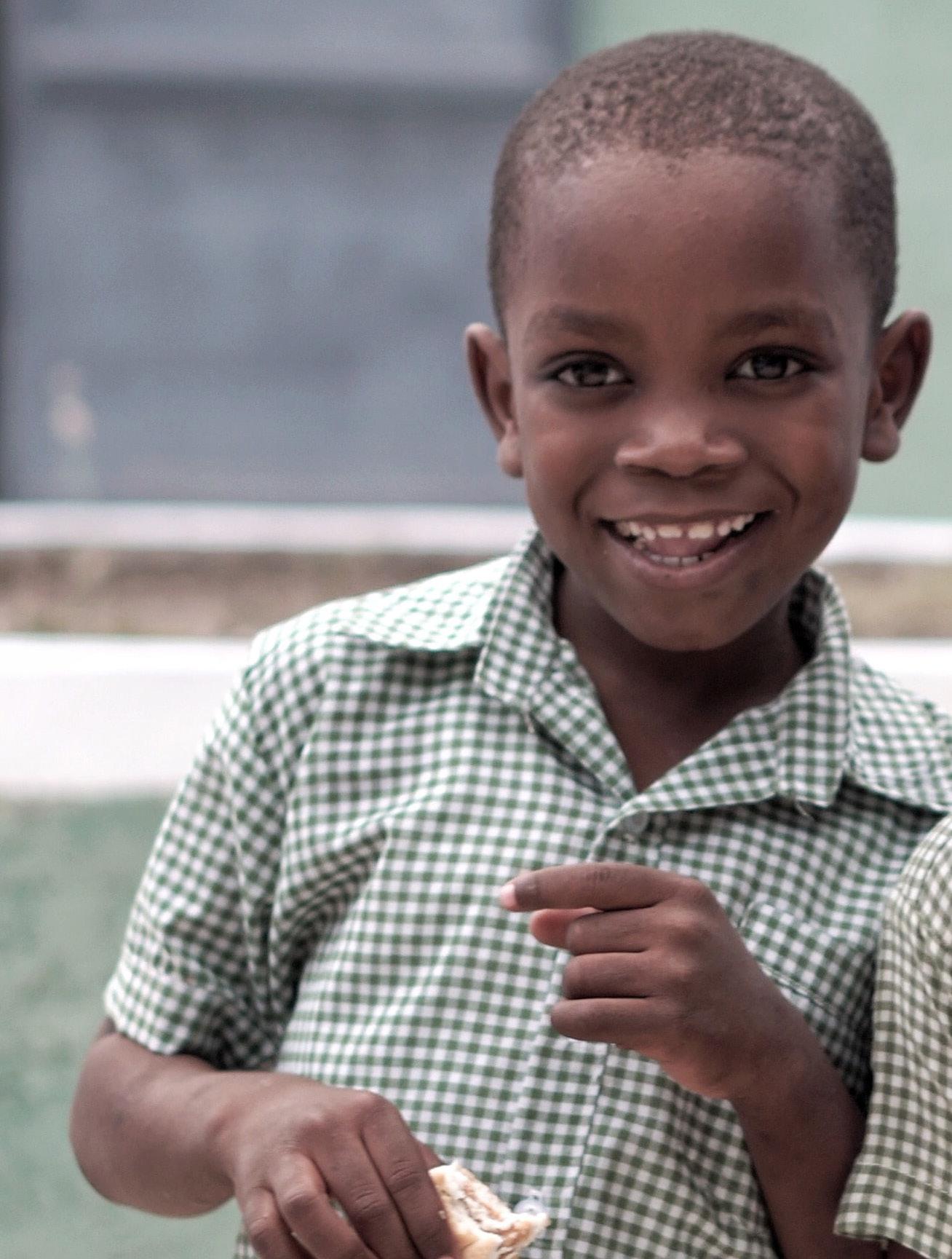

INTERVIEW NORA’S DOLLS
NORA VASILE - THE CREATOR OF DOLLS WITH EYES LIKE
NEBULAE.
It all started almost 5 years ago, when, on her birthday, she received a handmade doll as a gift. That motivated her to figure out how this doll was made. She came to look for tutorials on the internet, materials, special dyes for textiles, tailoring courses, etc.
Everything started from scratch, from learning gow to sew a button, how to select the materials, etc. This effort proved to be a success in personal development, a success in building a business and a joy to meet other people who were engaged in building dolls from countires like Russia, Ukraine and Portugal whose creations fascinated and inspired her to try. Her first doll was relatively simple, with the materials she had around the house: the dress was from an older hat and the hair from a string for wrapping. Although the result was not like the picture she had in mind, the thing that motivated her to keep going was the process of building the doll. That’s how in time she got to emprove and make these amazing dolls.
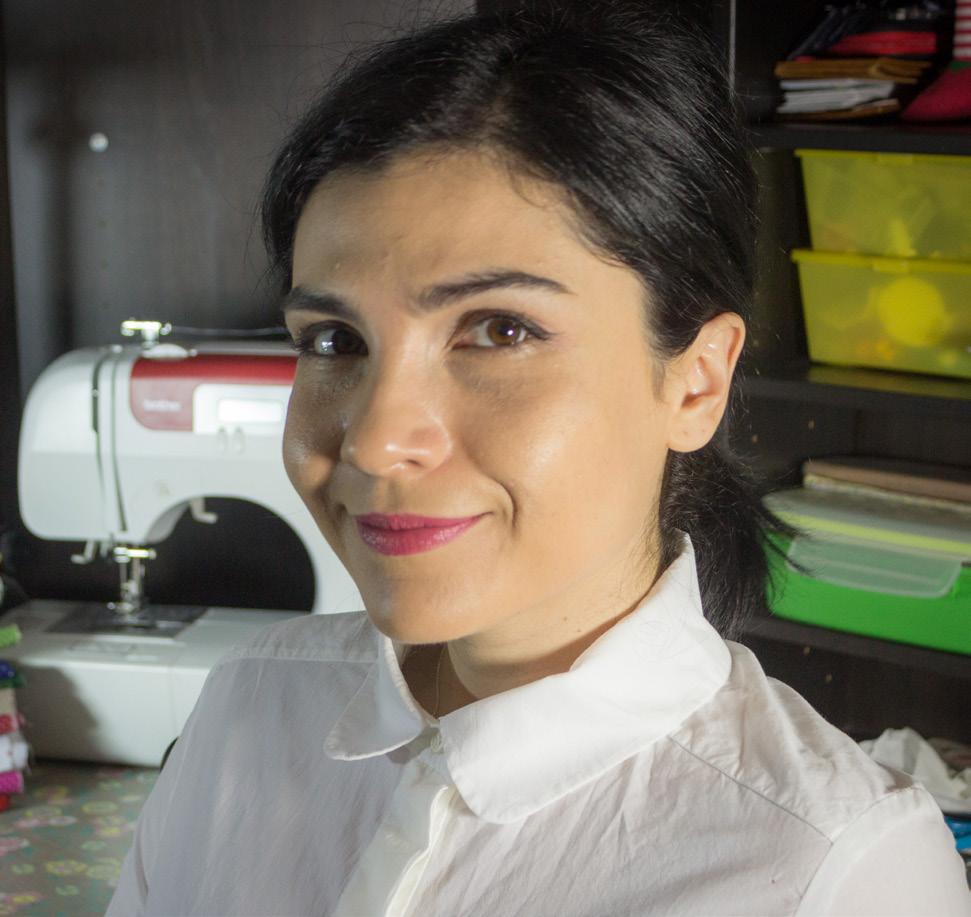

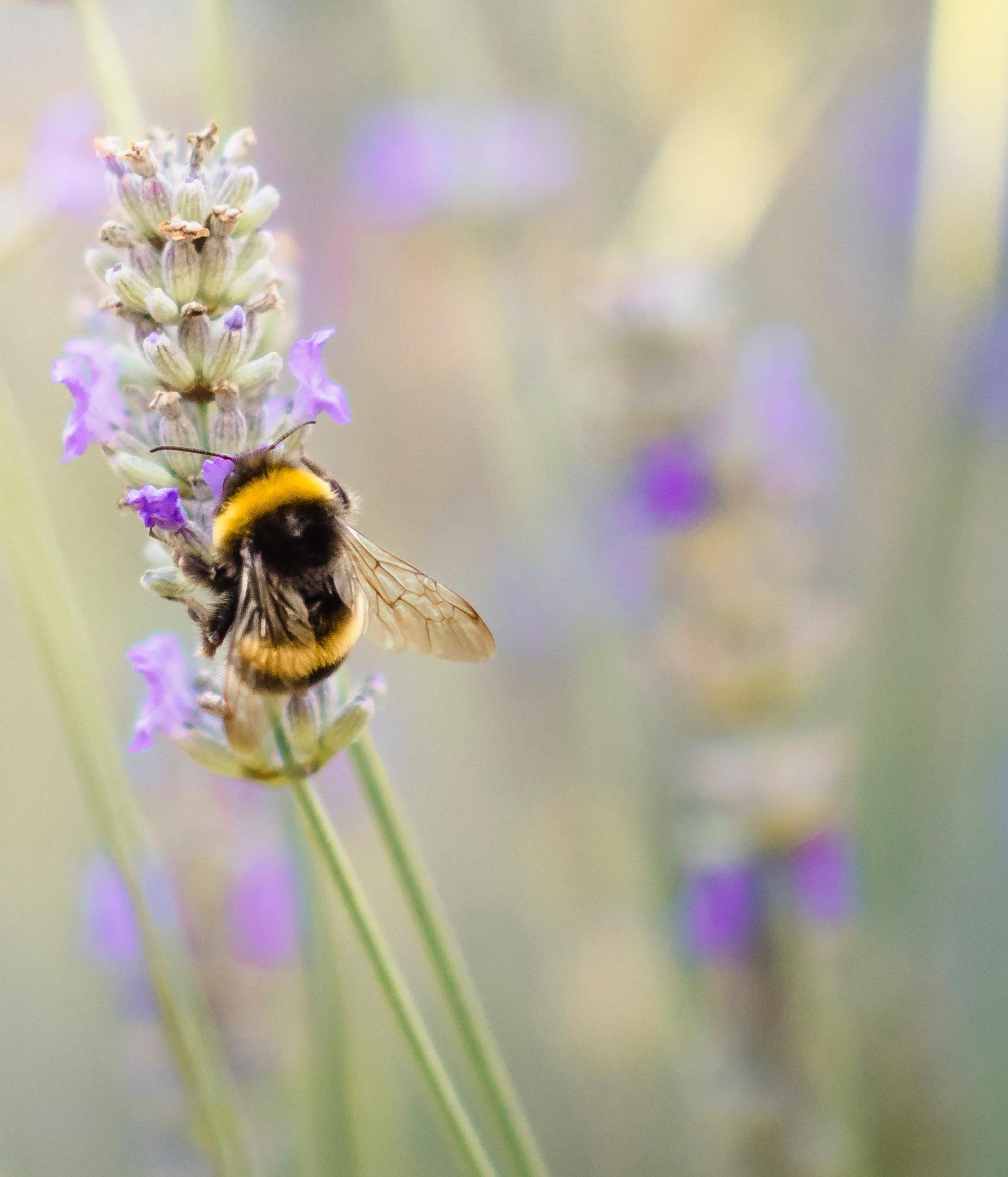
Q: How long does it take you to create a doll?
A: At the moment we are working on some doll models that we have changed over time. Each model has its own degree of complexity, to which are added the possible customizations required by customers. One of the most complex dolls can be made in 3-4 days.
Q: Do you have a team that helps you make the dolls or do we find only one person behind this work? If you have a team, how they help you? If not, how do you manage to do all the work on your own?
A: After I received more and more orders, I realized that I couldn’t do it on my own anymore. My luck was that I had a few friends by my side, including my sister, who still helps me with pictures for social media, posts, promotions and delivery. Even when making the dolls I receive help. This allows me to focus on the new models I am currently working on.
Q: What is you source of inspiration when creating the dolls?
A: Fairytales, the story characters and everything related to the sweetness and innocence of childhood.
Q: What materials do you use to make the dolls? Do you collaborate with a specific supplier?
A: This was pretty complicated. The material for the doll’s body was the hardest to find. I needed something specific, neither too thick nor too thin, a certain texture. I did dozens of tests until I found exactly what I wanted. The fabrics, too, I tried, as much as possible, to use materials that are of a highest quality possible and as natural as possible. As with the strands from which I make the doll’s hair, I mostly use wool. Unfortunately, in Romania the offer is very low, so we went more on the variant of imported materials. I’ve been experimenting; I can’t say I’m fully satisfied. I would have liked to have a more varied offer of fabrics, possibly produced locally.
Q: What was people’s first reaction to your creation?
A: Contrary to my expectations, the encouragement came immediately from those close to me and gradually appeared on social networks. The appreciation I received helps and motivates me further.
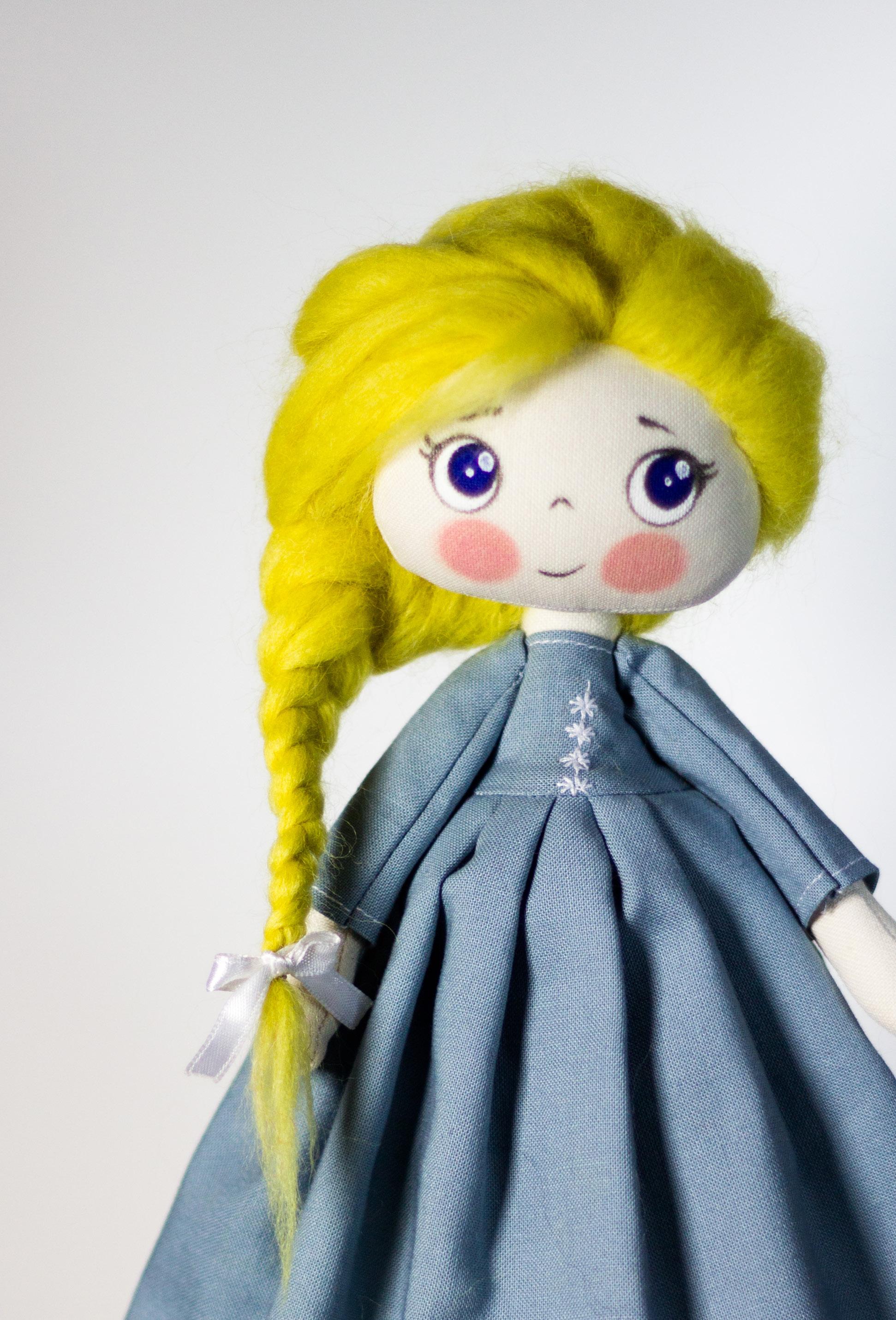

Q: In your experience, have you noticed if parents buy dolls made of good and healthy materials, or they rather buy what they see on TV?
A: I couldn’t make a comparison. I only know that more and more people are interested in handmade and even personalized toys or clothes, which we are very happy about.
Q: Your dolls seem to be alive. What do you think is giving them this character/ look?
A: Handmade objects probably borrow from the feelings and emotions of the creator, they are characters in themselves. Also, the face is hand painted and so you can give a unique expressiveness to each doll.
facebook.com/papusilenorei papusilenorei@gmail.com
Q: Have you sold dolls in other countries? If so, what did those people like about your dolls? Was the delivery easy or not?
A: Outside the country, we mostly sold dolls to Romanians, to those who work abroad. They said that my dolls remind them of their childhood, family and home, and they bought the dolls just to give a little bridge to these things to their children.
There were no problems with delivery, for external deliveries we always used the state postal service.
Q: Is there a lot of competition in the field in which you develop your activity?
A: Now it is competitive, yes. When I started to do this, there was not much supply on our local market, but there are many talented people and it is wonderful that more and more people dare to venture into this field.
It’s good for me to have competition, because it motivates me to improve, to come up with new models and to constantly look for current and attractive characters for our audience category.
Q: Does the state support you in any way? If not, do you think that state aid to support local producers would be beneficial?
A: In 2019 I flirted with the idea of accessing European funds for development, but, honestly, I was a little afraid of the whole bureaucratic process. The program I aimed at did not go too smoothly, and all the experiences of those who accessed it made me lose my courage. I was afraid that I would become a slave to documents and I would not have time to do what I really like.
However, the subject is not closed for me, I remain open minded because yes, any form of state aid would be very useful.

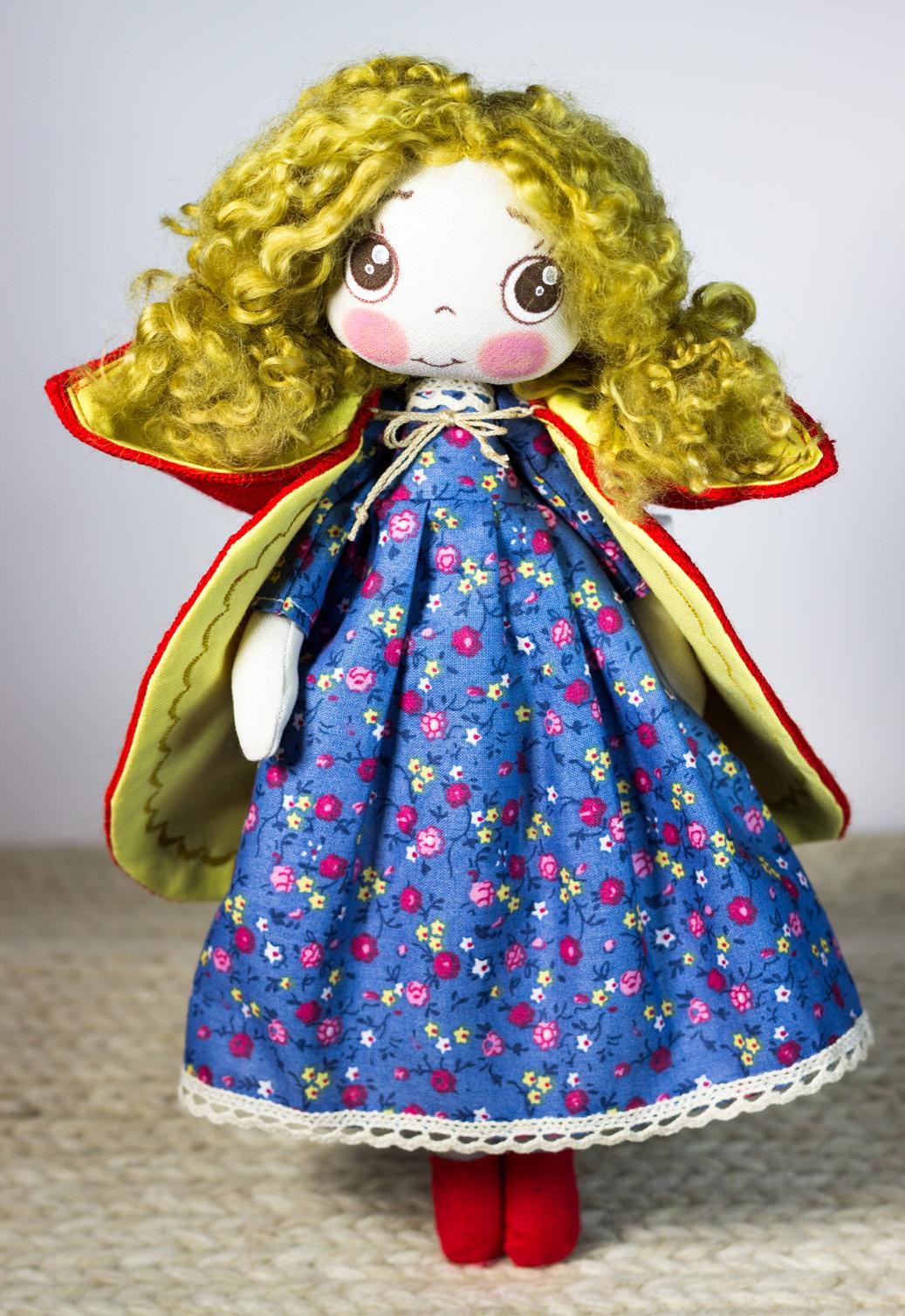

Q: The clothes of your dolls are very special, rustic. Where do you get your inspiration from to make them?
A: The clothes are inspired by the clothes of the characters in the fairytales, details of the Romanian folk costume and the dolls of my childhood.
Q: A doll means a happy child. How many children have you made happy until today?
A: I didn’t calculate this. However, we kept a record of customers who returned with feedback and other orders. We are flattered that we managed to make them happy and this is the most beautiful reward we receive.
Q: Have you thought about other projects in this direction?
A: For now, we will focus on Nora’s Dolls. We want to grow the team, finish the site, and to be a solid support for Santa at the end of this year.
INTERVIEW BY DOINA GAVRILOV
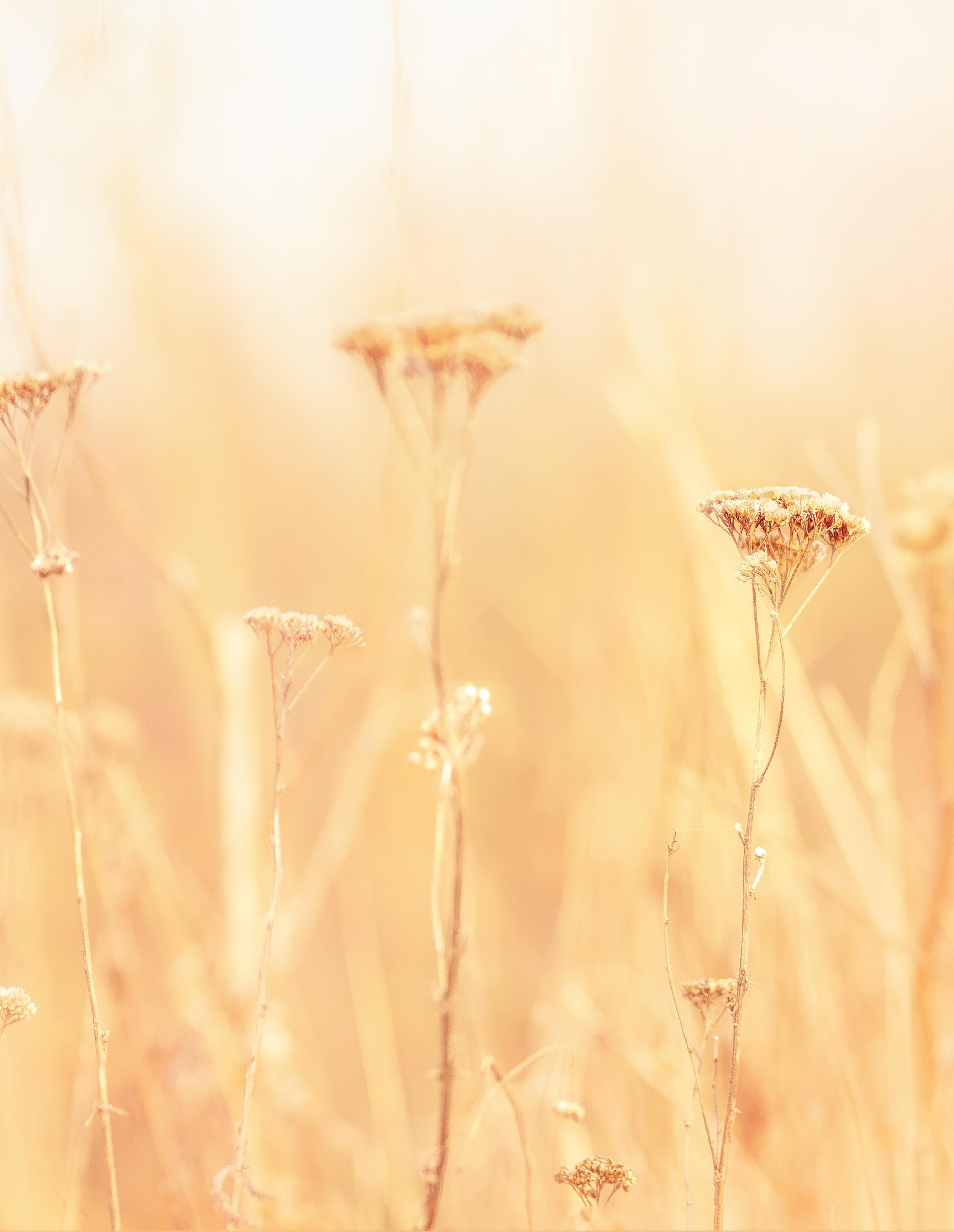
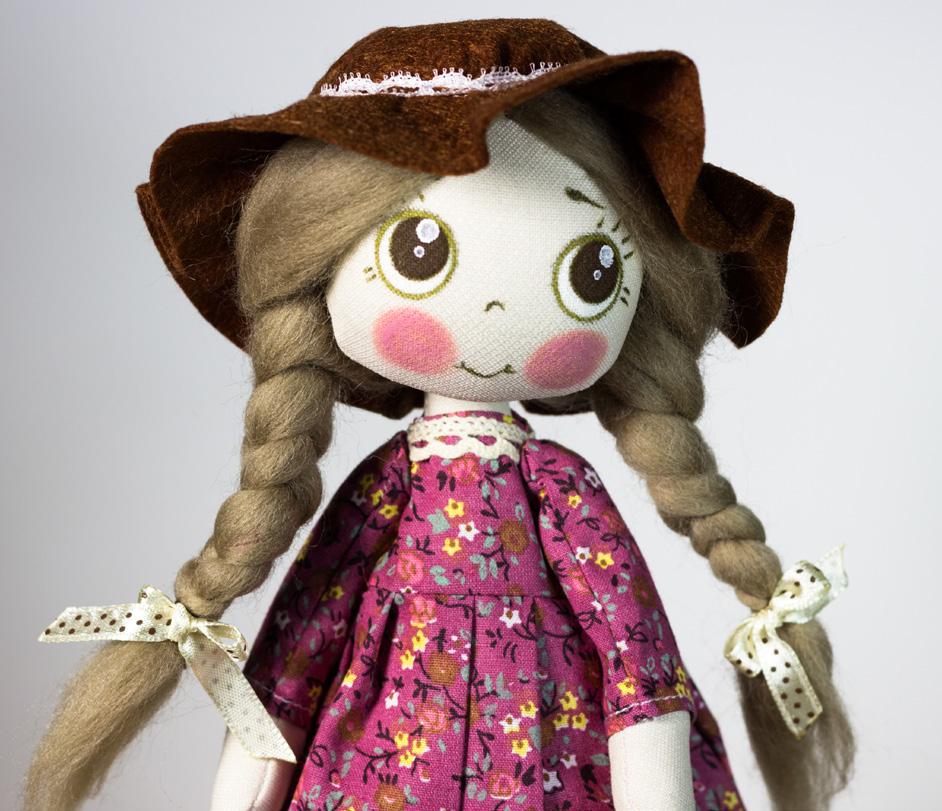
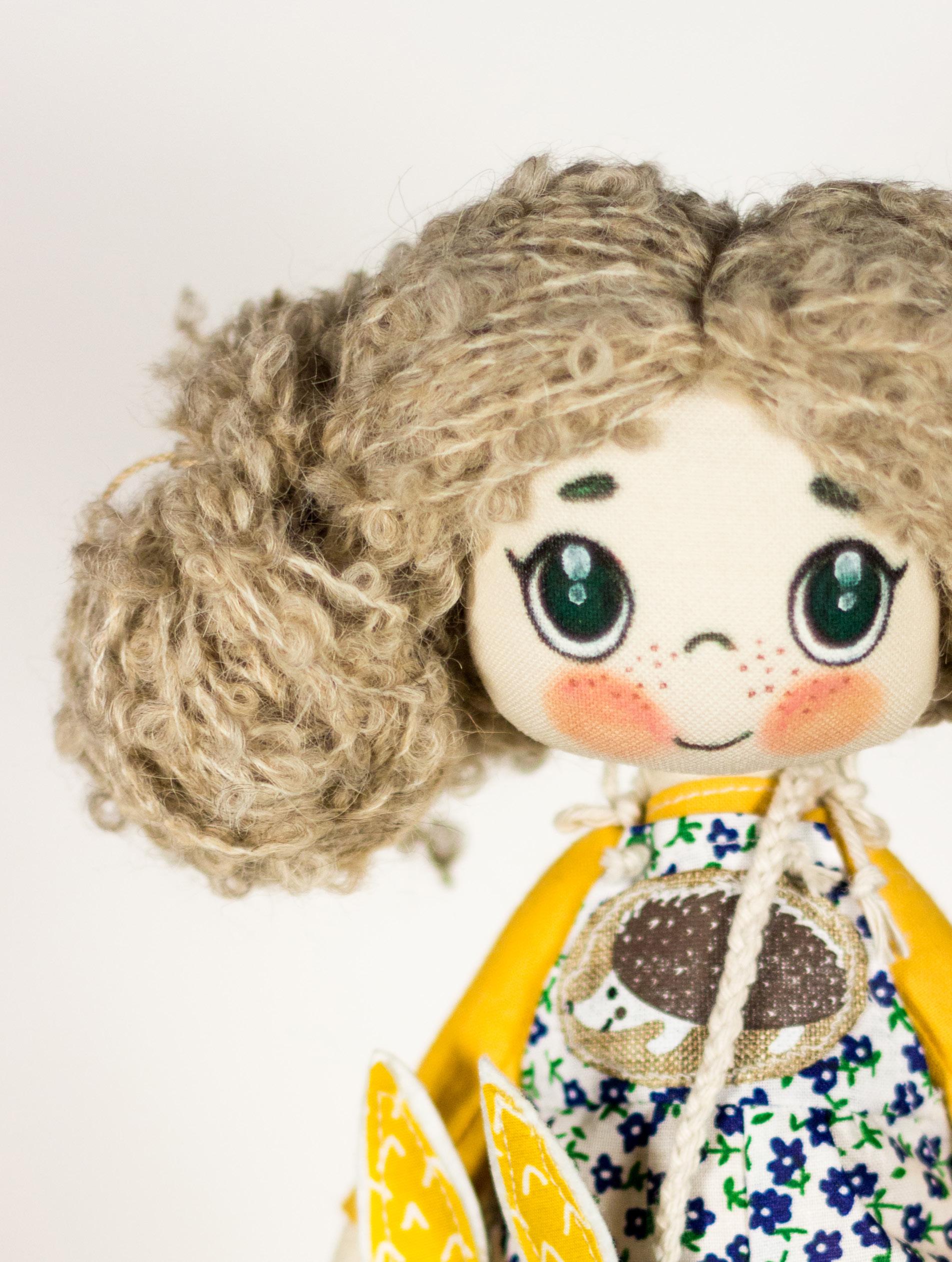
THE “MOONTOPIA”’S UTOPIAS
WORDS BY BEATRICE GABRIELA BADEA
In the previous article, we went through a review of the main issues that must be taken into consideration when planning the space for a hypothetical inhabitance of the moon and Mars consecutively. Although the conclusion of the analysis made it clear that life on the surface of the moon is basically impossible due to the lack of atmosphere, the scarcity of the gravitational attraction and the aggressivity of space radiations, a great outcome can still result from this type of research. The fact that every powerful utopia finds its echo in either a dystopia, or a feasible solution that took shape inside the initial utopia, is clearly depicted within socialism: at the roots of the movement lies Thomas More’s 16th-century imaginary island where money had been abolished and people lived and worked communally.
The validity of this fact was taken to such an extent by DOM publishers, that it is less than two years ago that Paul Meuser’s book was launched under the intriguing title “Moon: Architectural Guide”. So, how does a guide to an uninhabited place looks like?
The question was rapidly answered by the first contribution to the guidebook: an English translation of the late Hans Hollein’s 1968 essay “Alles ist Architektur” (Everything is Architecture). Inside Hollein’s utopia-flavoured bubble, the author has found the background on which he could project any artifact that has ever been designed on Earth for space missions and landed on the moon as an example of space architecture. What Meuser conveniently evaded is that little thing that makes the difference between an ordinary object and architecture, which is technology: “techne” (to make, to do) + “logos” (order, knowledge); the making of something according to a meaning beyond.
Opposite to Paul Meuser’s 2019 dystopia lies the 2017 “Moontopia”, an architectural competition whose short list managed to gather 9 visionary strategies for moon inhabitance, at the heart of which lie both “techne” and “logos”. Let’s have a look at this shorter, and yet richer guidebook for a moon architecture.

TEST LAB / MONIKA LIPINSKA, LAURA NADINE OLIVIER AND INCI LIZE OGUN
The winner of the competition was Test Lab, with its medium-scale lunar colony, placed in the frontline of space exploration and Lunar colonization. Through their beautifully presented sheets, the authors express a great professional maturity and understanding of the state of our knowledge: the function of their architectural object is the further exploration of the moon, only secondly followed by inhabitance per se. The technology used shows the necessary patience for this kind of environment, through a method of 3D printed self-assembly that gradually colonizes the place over time. In response to the hostile environment, the structure proposed by Test Lab is a programmed carbon fiber membrane based on a simple origami pattern, which has the ability to shape itself under the exterior pressure.


MOMENTUM VIRIUM IN L1 / SERGIO BIANCHI, JONGHAK KIM, SIMONE FRACASSO, ALEJANDRO JORGE VELAZCO RAMIREZ
Inside the world of architecture, the so-called human scale occupies a major position in every design. In Momentum Virium, the importance of people on Earth becomes the main engine of the design process, to the point where the authors place the creation of a significant meaning for those who are watching the moon above the problematic of the inhabitance. As a result, the architectural object is detached from the surface of the moon, and instead occupies the lunar orbit. The connection between humans from Earth and the Lunar environment is suggested through an elevator that goes down to the moon, in a scientific, yet poetic manner. What this team succeeded to do is to create an unforgettable spectacle for the place we all came from, where somebody will always wait for us.
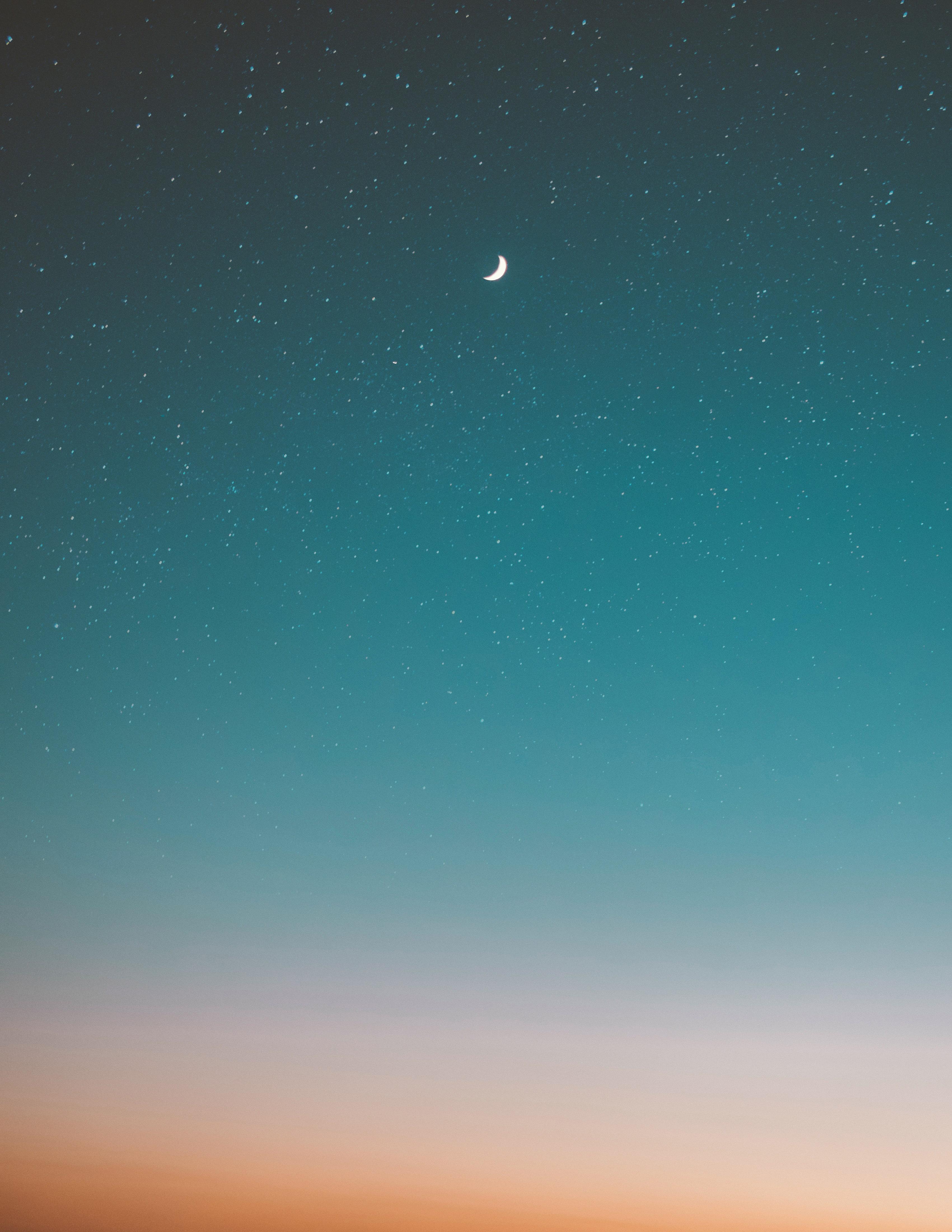
MODULPIA / ALESSANDRO GIROGI, CAI FENG, SIYUAN PANESTEBAN ANALUIZA
According to Vitruvius’ ancient treaty on architecture, beauty and utility occupy the same level of importance within architecture. Therefore, it is probably not by chance that the general public’s choice was also the most utilitarian entry. In the previous article, we concluded that the only possibility of living on the moon would be under its surface, in the only place protected by radiations. This is exactly what this entry brings on the table, through an expandable landscape shaped by a modular system that grows organically in time and also employs bioregenerative strategies.

PLATINUM CITY / SEAN THOMAS ALLEN
The first honorable mention was offered to the fantastic graphics of this entry which manages to stand out through the detailed depiction of what mankind living on the moon at a large-scale could actually look like. By setting up a Metropolis-like scenery, the author creates a fantasy-driven utopia of an extraterrestrial, highly technologized city.
UPSIDE DOWN / RYAN TUNG WAI YIN, HO WING TSIT TERESINA, JOSHUA HO
Upside Down is a place for the homo ludens, the depiction of Johan Huizinga’s idea that play is the primary condition of the generation of culture. Although the playful graphic and usage of soft, powdered colours would have been enough to evoke this concept, the authors take one step forward and dedicate their design to a higher galactic scope: Mars. In their view, the exploration and subsequent colonization of the moon becomes the playground, the test-training site for further interplanetary exploration.
LOOKING THROUGH THE MOON / YILING CHU, YAO DING, YAN-FEI JIANG, HUI TIAN
If still in doubts of the intensity of one utopia’s echo, this entry is here to help. Looking Through the Moon is basically a 19th century Garden City, designed the way Ebenezer Howard would have, if given the commission. Despite the utopian beauty of the greenhouse-like scenery, this city might actually work due to its placement inside a natural crater, under the surface level, and further protected by a Solar Dome.

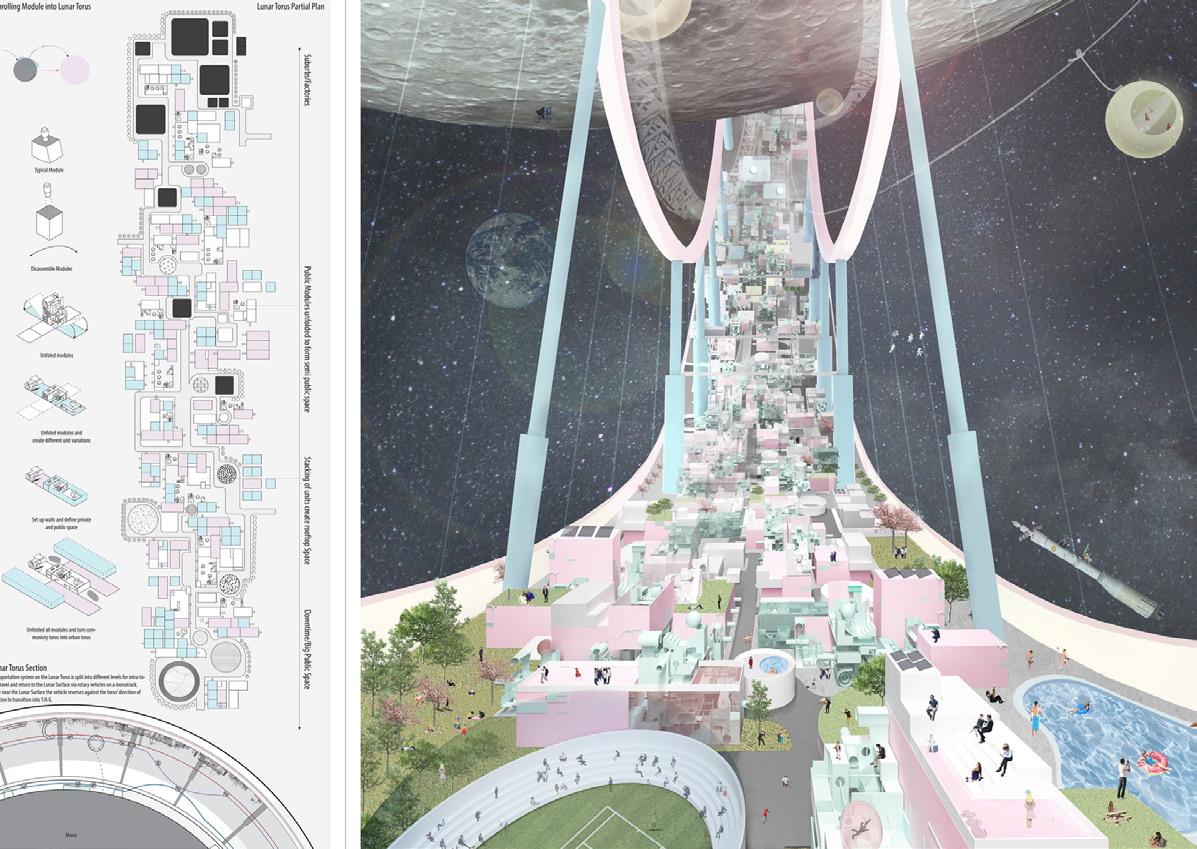


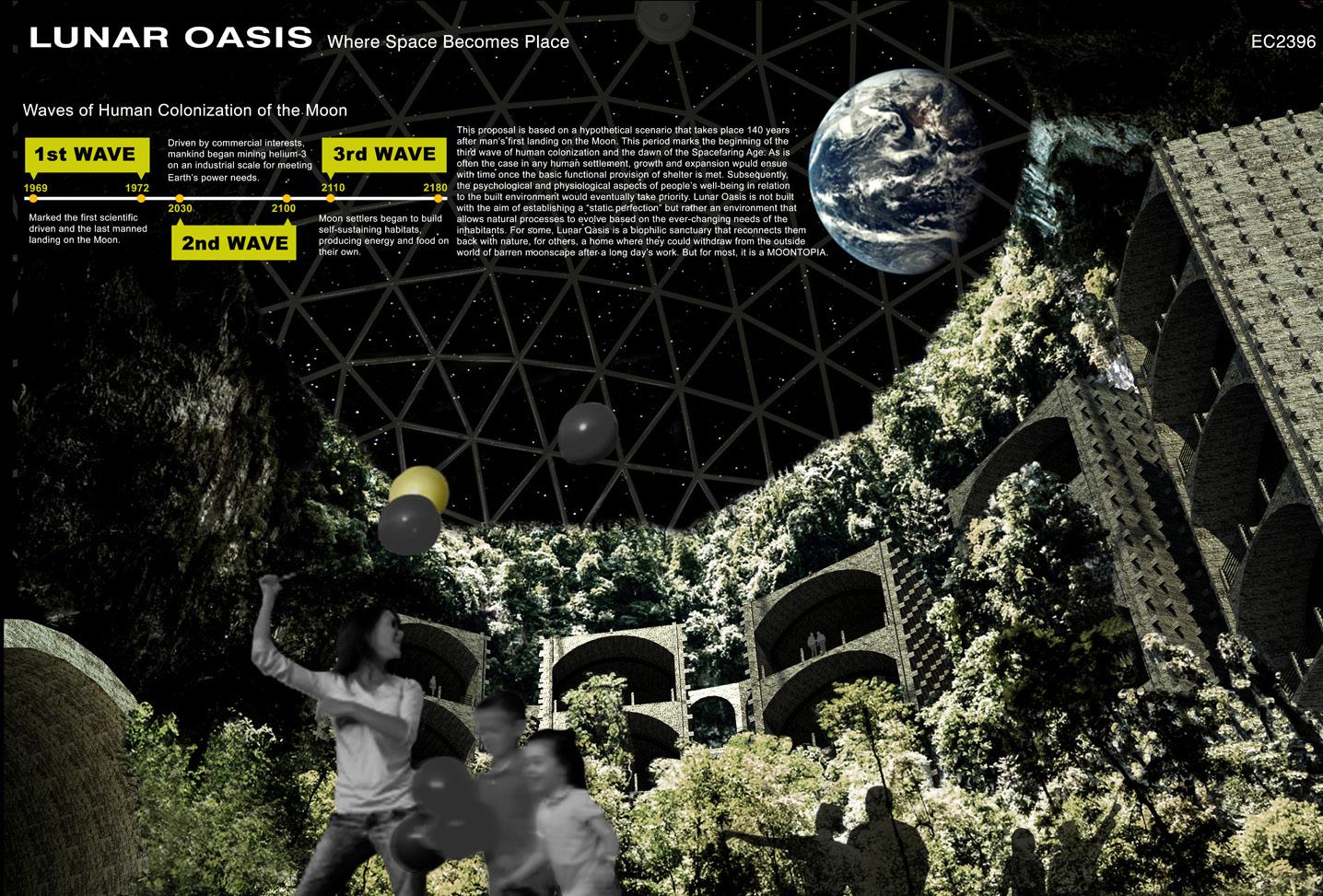
LUNAR OASIS / EDWARD CHEW
With its exclusivist name, Lunar Oasis envisions a dystopian scenery where the moon is seen as a dull and dangerous territory, where points of retreat are required for both safety and beauty. In this case, architecture becomes a life-support for human life, a point of reconnection with Earthly conditions. Lunar Oasis is a biophilic sanctuary where the greenery and vegetation contrast the evenness of the moonscape. By colonizing the moon, these places create a system of breaks from the hostility of the grey unknown.

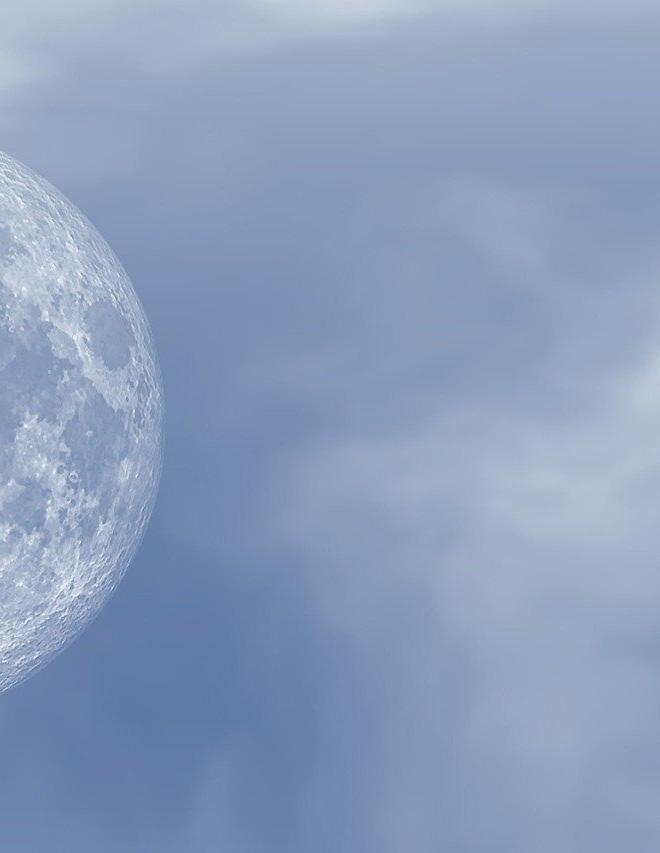
WOMB / PRAPATSORN SUKKASET, SARAN CHAMROONKUL
Womb explores the meditative nature of humankind. It is a utopia. Rather than embracing the idea of settling, Womb becomes a place of contemplation, where people can escape the hustle and bustle of everyday life on Earth and seek for deeper meanings. Seen through the lens of 2021, however, this entry seems more of a postcard from Earth than a utopia, encompassing the life we have been living for the past year: living inside a plastic bubble, protected from one another, isolated from one another. If only they knew.
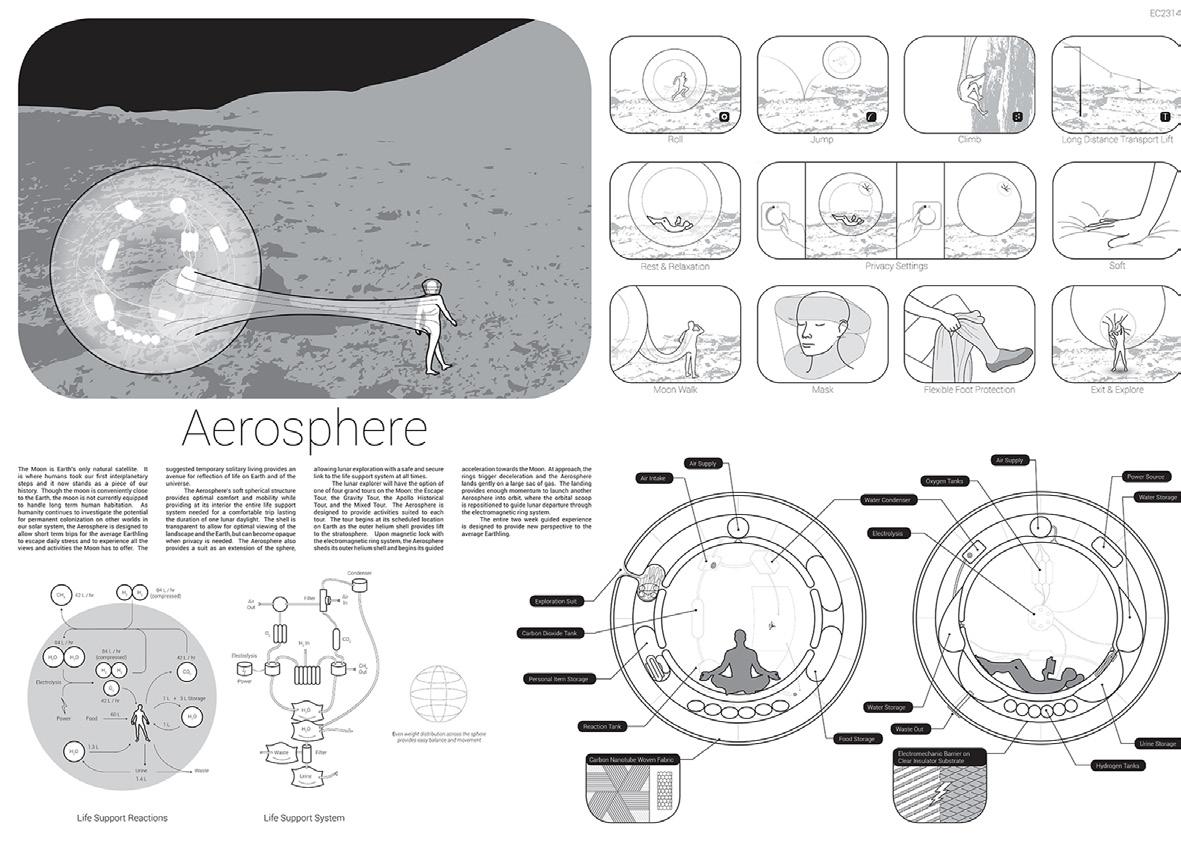
THE AEROSPHERE / STEPHANIE STIERS
With a touch of Archigram, not only is the Aerosphere the smallest Moontopia, but also the most individual-oriented entry. Designed as a one-person transportable pod-suit that offers life support in moon surface travelling, this tiny piece of architecture is the only entry that focuses on the touristic dimension of the moon, emphasizing the experience of the user. Thanks to the Aerosphere, anybody can become a lunar explorer, with the condition to respect the touristic routes set out on the moon. The intention of the author is clearly stated: rather than settle, let us stroll!
IRYNA KHORT
THE VOICE OF THE SKY RACERS, THE VOICE THEY NEVER HAD BEFORE
INTERVIEW WITH
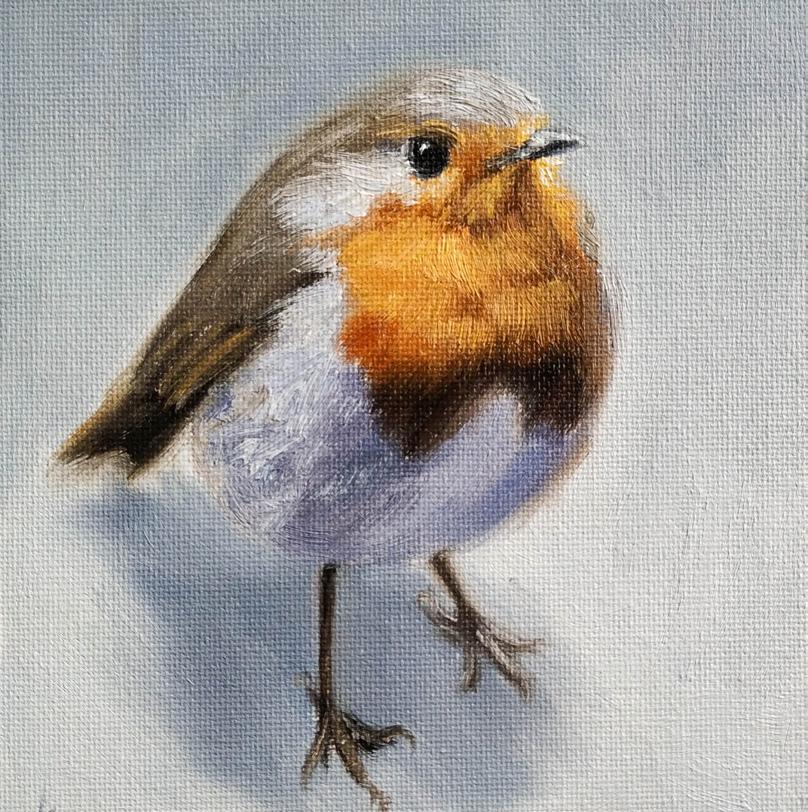
saatchiart.com/khortview
Iryna Khort is a painter from Täby, Sweden. She was born and lived almost all her life in Belarus. In 2019 she moved to Sweden and since then she has been living in Stockholm.
Iryna is a curious person and is always interested in how everything works. Her curiosity is rooted in her way of being as well as in her habits formed during her education in the field of chemistry. This curiosity also explains the reason why the artist manages so well to paint and transmit through her paintings features we perceive as emotions of birds and animals.
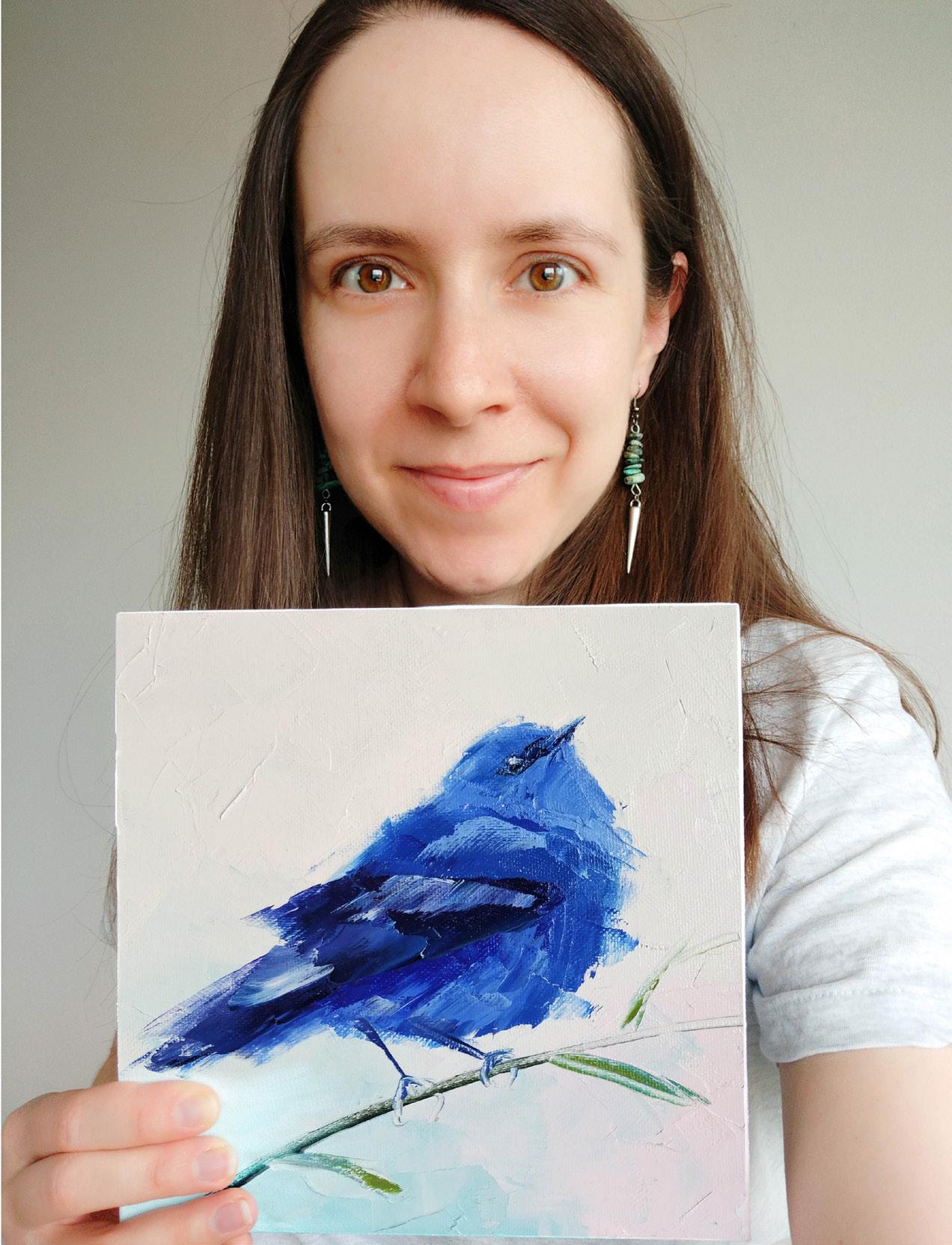
Since her childhood she was fascinated about the sky. Its endless combination of light and shadow, bizarre cloud shapes, various shades of the sky in different seasons, etc. Our artist has a side of education that would highlight her exact perspectives, but at the same time she is also a dreamer in love with the colors of the sky and its travels.
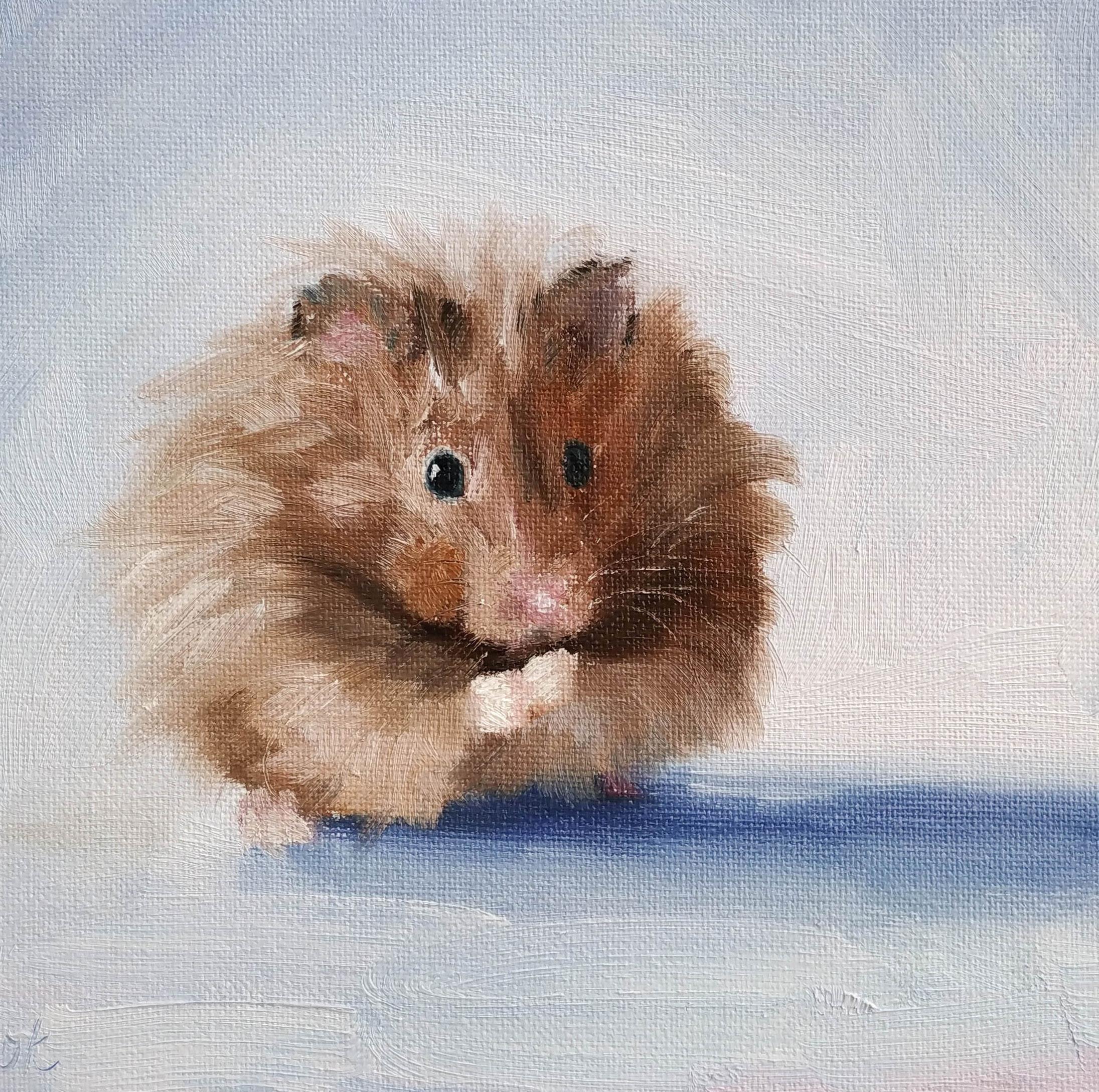

As an artist, she conveys emotion in her work. Trying to give personality and life to the characters in her paintings, she realizes in the end that the charachters from her paintings have got to impact on her own personality, and all that because she thinks that “Art, like life, is changeable, diverse and vulnerable”.
She finds her inspiration in birds, nature in general, and people. “The bird represent the flow of thought and freedom - freedom to think and move around - this idea is the heart of the desire itself and at the same time is an implementation of reality - it’s just like touching the universe”.
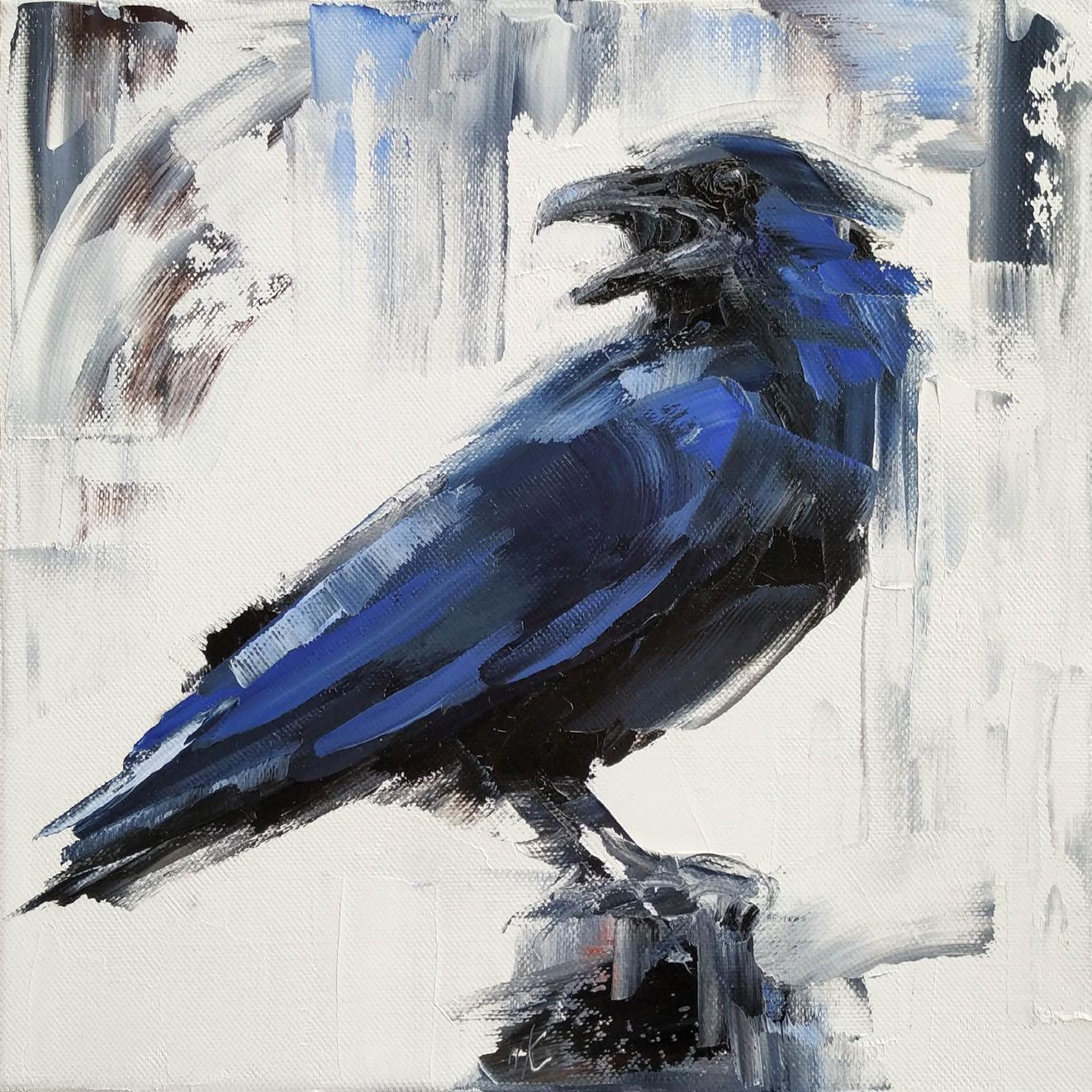
Q: Tell us a little about yourself. Where were you born and where do you live now? Are these places influencing your art? If yes, how?

A: I was born and lived almost all my life in Belarus. In 2019 we moved to Sweden, since then I’ve been living here, in Stockholm. Both countries are very similar, and at the same time so different. What I appreciate most of all in Sweden is the sensitivity towards nature, the environment, and, of course, animals. The closeness of nature has definitely influenced my creativity. I wanted to know more and more about birds, and animals around us, to feel and transmit a sense of belonging to nature through my paintings.
Q: How did you decide to dedicate your time to painting? What influenced your decision about this?
A: Most artists knew from childhood that they wanted to be artists. But I went another way. At first, I got an education as an engineer-chemist at the technological university. Since I didn’t find myself in this field, I tried different occupations, got carried away with painting, and finally stood at the crossroads. Then my move to Sweden gave me more determination to develop and paint. I understood that I should do what I love.
Q: Did you study arts for painting? If yes, where? And can you give us one important advice from the faculty, about painting, that really helped you the most?
A: I took drawing and painting classes in the studio and took private lessons from a teacher that works in the academy of arts before moving to Sweden. Now I develop my skills on my own and sometimes I consult with a teacher online. It really helps when you are relaxing and more practice. My process goes faster when I paint alone and there is nothing around to distract me. So, to learn and be better you should find conditions which help you.
A: Strangely enough, but I have never had authorities. Sure, I like a lot of artwork and I learn from them. But I am bad with names, and usually, I don’t follow the artists. Art is so subjective, and we all are just human. We shouldn’t forget about it before we’re going to put someone on a pedestal.
Q: Your paintings mostly illustrate cute creatures such as birds and animals. What motivated you to choose these characters in the art you make?
A: I always loved and had an interest in animals and birds which have a special place in my heart. The desire to paint birds came to me immediately after I started to paint, and at first, it was something unconscious. I just painted birds at home after the studio, where I had to paint all these bottles and plastic fruits from life, you know. All people around me told me what theme I should paint. I believe they expressed their own preferences. But I just felt in love with birds and couldn’t stop. Later I explained to myself why birds: on one hand, birds are a symbol of freedom that I didn’t have. They don’t need passports, money, etc. They fly where they want. And on the other hand, they along with other animals don’t have a voice which I felt I had to express. I mean they can’t complain about the loss of habitat or appreciate the scale of the tragedy of human intervention. Thus, through my work I feel like I remind people of the animal existence. The animals from my paintures are calling: “Hey! I am still here! It’s my planet, too...”
Q: Do you have a golden rule that you follow in painting? If so, what is it?
A: My golden rule is to have fun in the process of creation and then your work will surely resonate with other people.
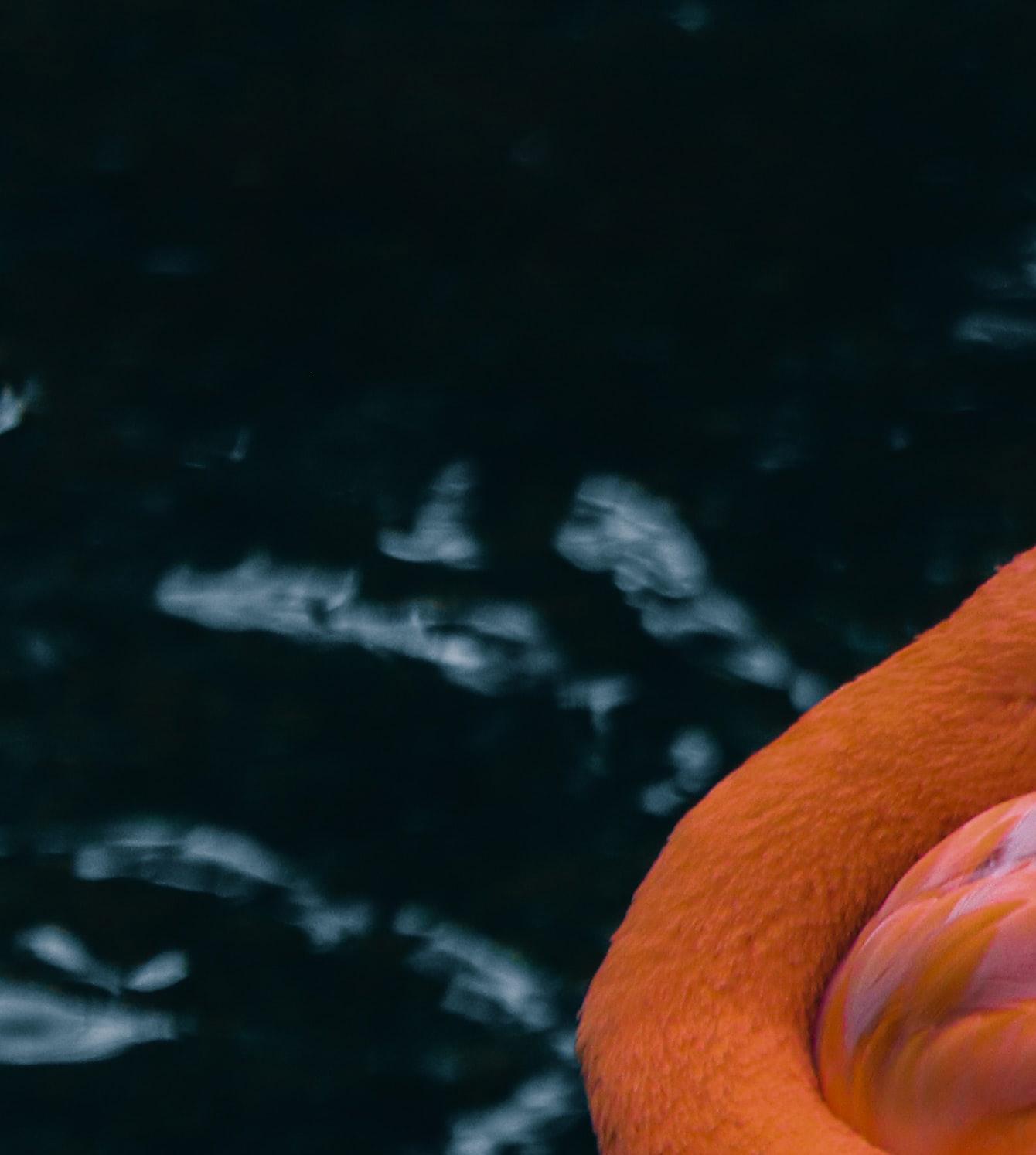
Q: Of all the paintings you’ve done, do you have a favorite? If so, what character do we find in it, and what is the reason why it is closer to your soul than the others?

A: I love them all, but I have something special for the raven. For me it is an unknown part of my soul, a dark part, but dark doesn’t mean bad. It’s dark because there is no light there yet. And the process of painting the raven is special, I never know what I will get at last, because I am letting go of my thoughts and sinking into emotions. It’s a pure expression, every new raven is a little part of my soul, and every whole painting is a short story.
Art is alive while someone feels emotions in contact with it. ”
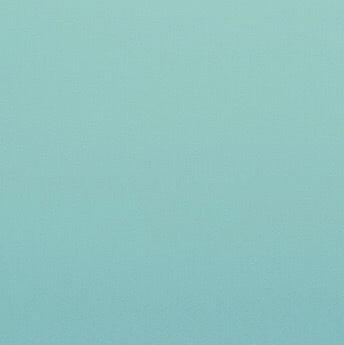

Q: Each historical period had something distinctive that characterized a cultural and artistic movement. If time travel was possible, in what period would you like to paint? Where would you find yourself better?
A: It’s a great question. I like to learn something about our history from books, films, etc. And the more I know, the more I understand that now it’s the best time for women artists. I really don’t want to be somewhere else in time.
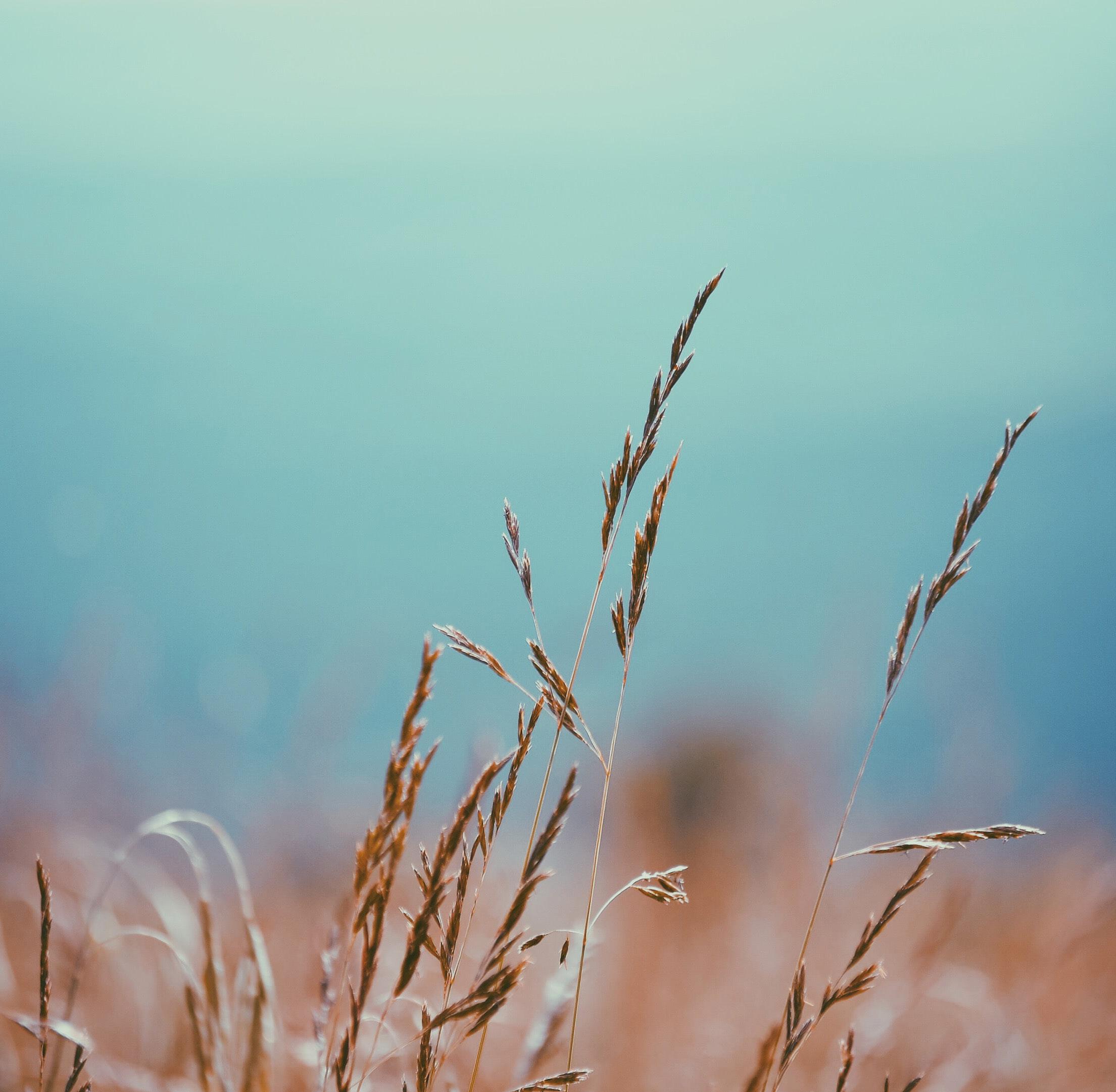
Q: I saw that at one point you bought an encyclopedia of birds from which to better study the characteristics of birds so that you can best illustrate the features of each bird. Have you ever wanted to paint an extinct bird and found quite difficult images with it?
A: I’ve never thought about painting of extinct birds, but you gave an excellent idea!
Q: Do you have a special place where you do your paintings? If so, how did you choose it?
A: I have a private room where I like privacy, not only for painting but just for taking time alone. My husband is a scientist, and he works every free moment, including at home. That’s why the partitioning space is important for us.
A: It’s really tough to say that I have a specific style of painting because I am still in search, but I can make an assumption that at the moment contemporary is the most relevant style for my creativity.
Q: How do you evaluate the value of your paintings?
A: I use a per-square method for calculating the cost of the painting and, of course, I am mindful of my experience, niche, competitors, demand, supplies, etc.
Q: Is your work related to the current environmental movements?
A: I suppose, yes. And I am going to find a way how to be more effective.
Q: Do you think painting is about talent or hard work?
A: I believe everyone can paint. Now there are so many opportunities to be creative. Just choose what suits you more and go ahead!
Q: What advice would you give to the beginners?
A: Practice, practice, and again practice! Question everything that you can find or hear from others! Set targets and understanding your goals!

